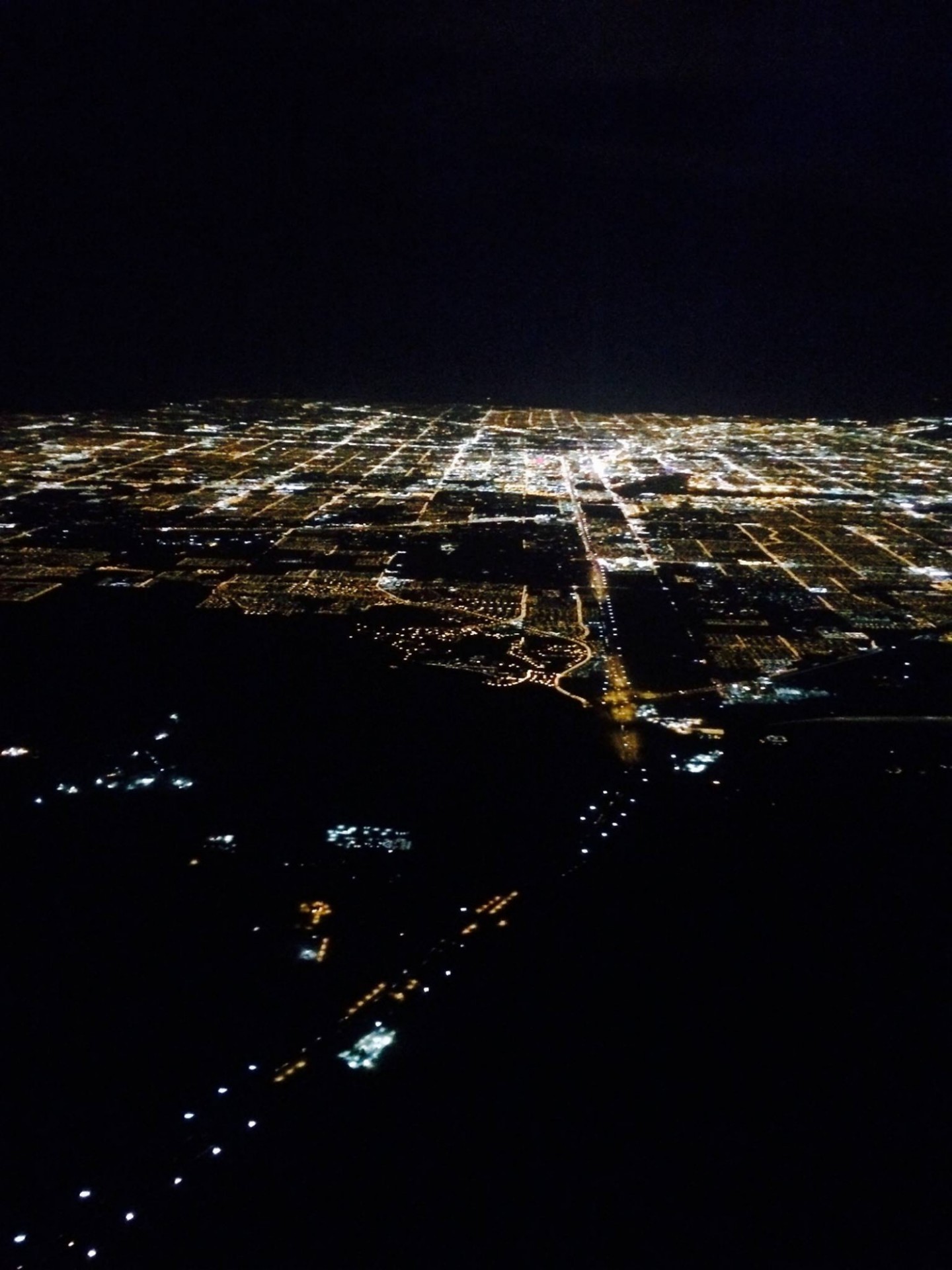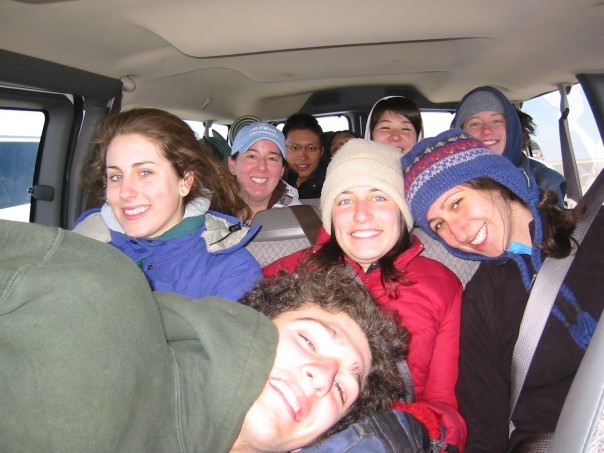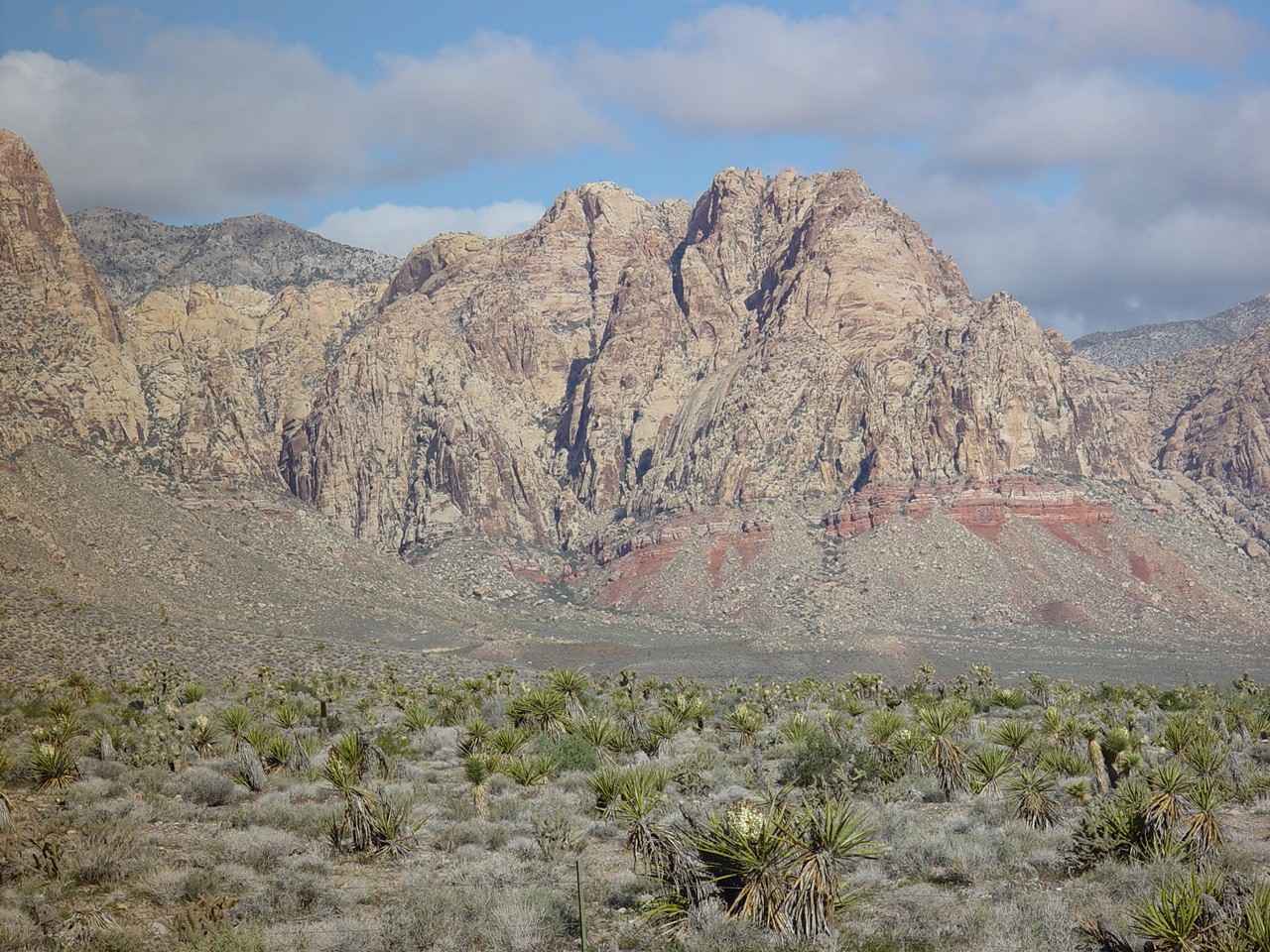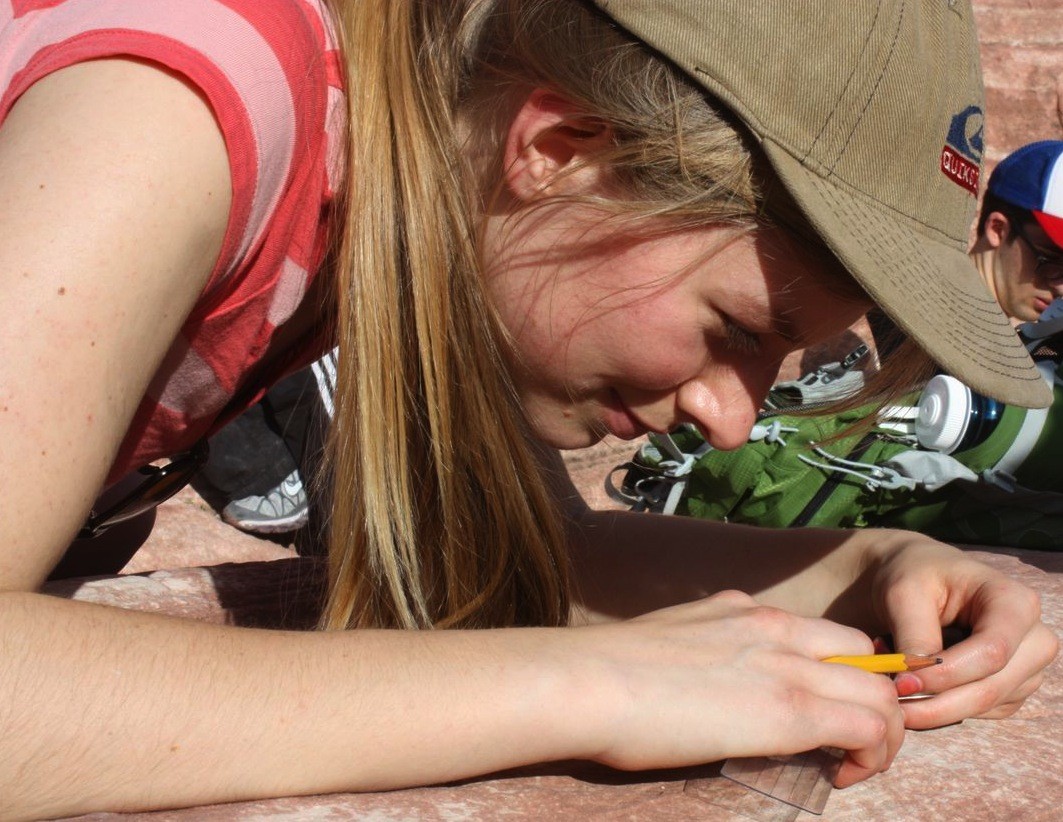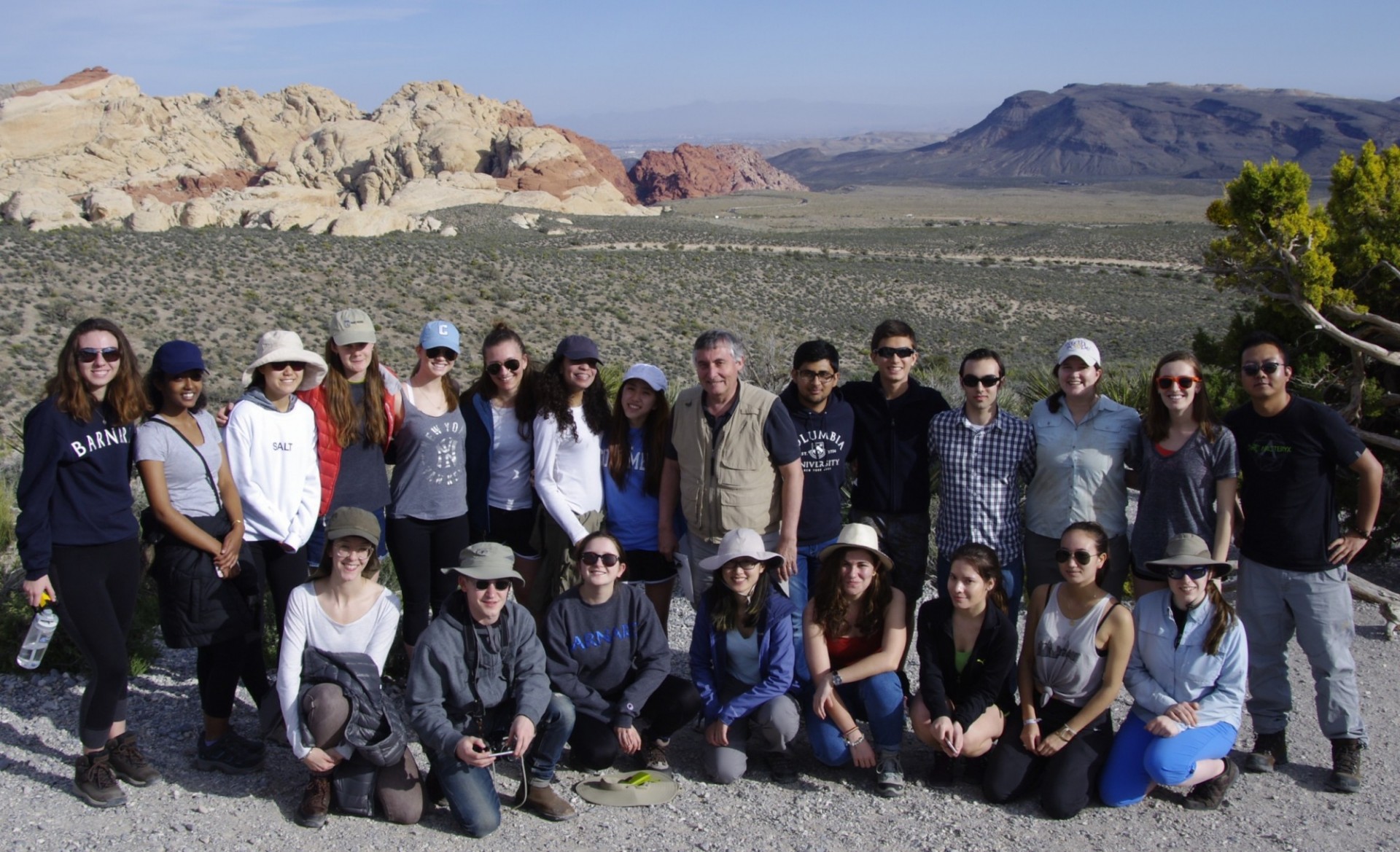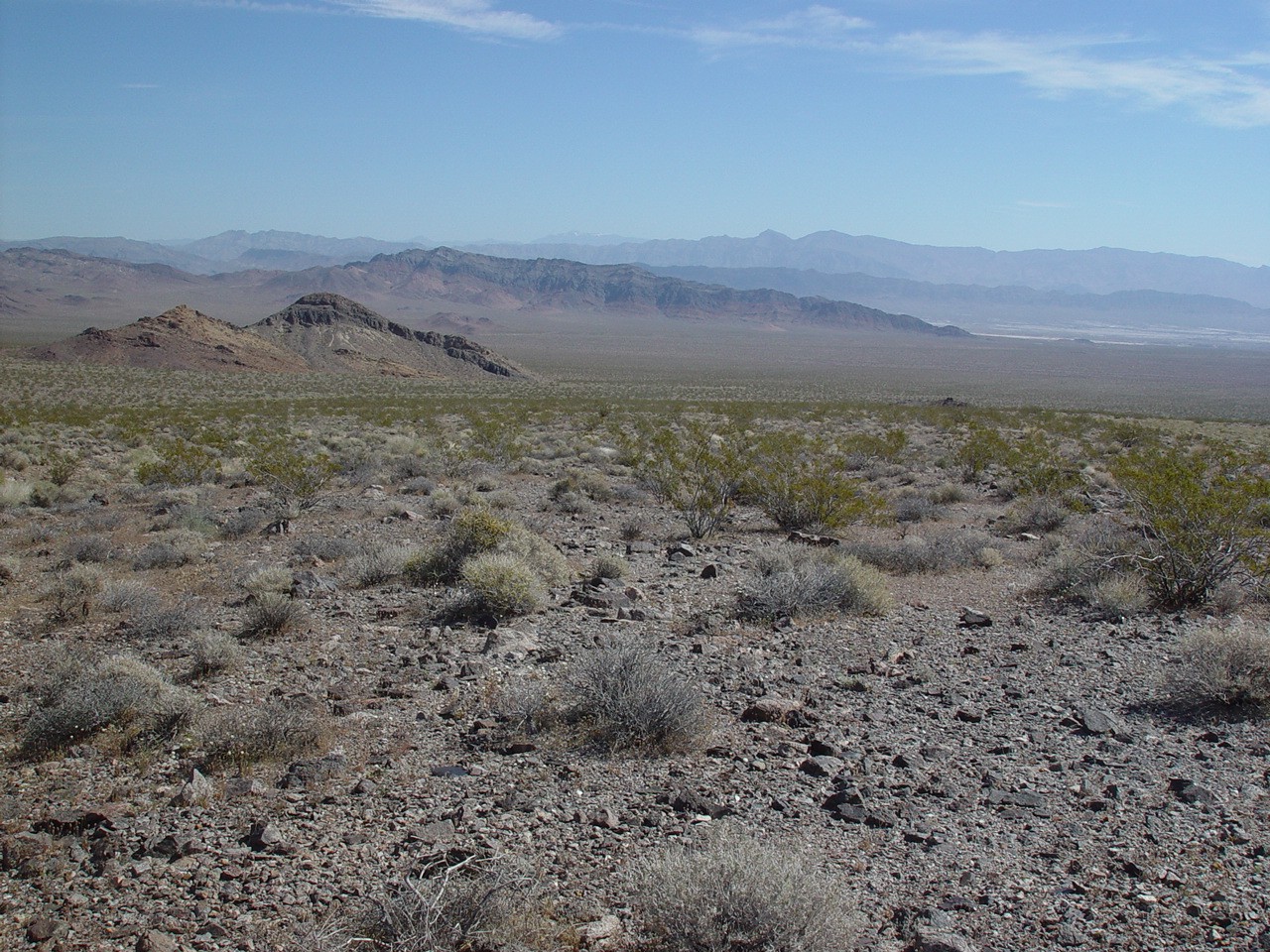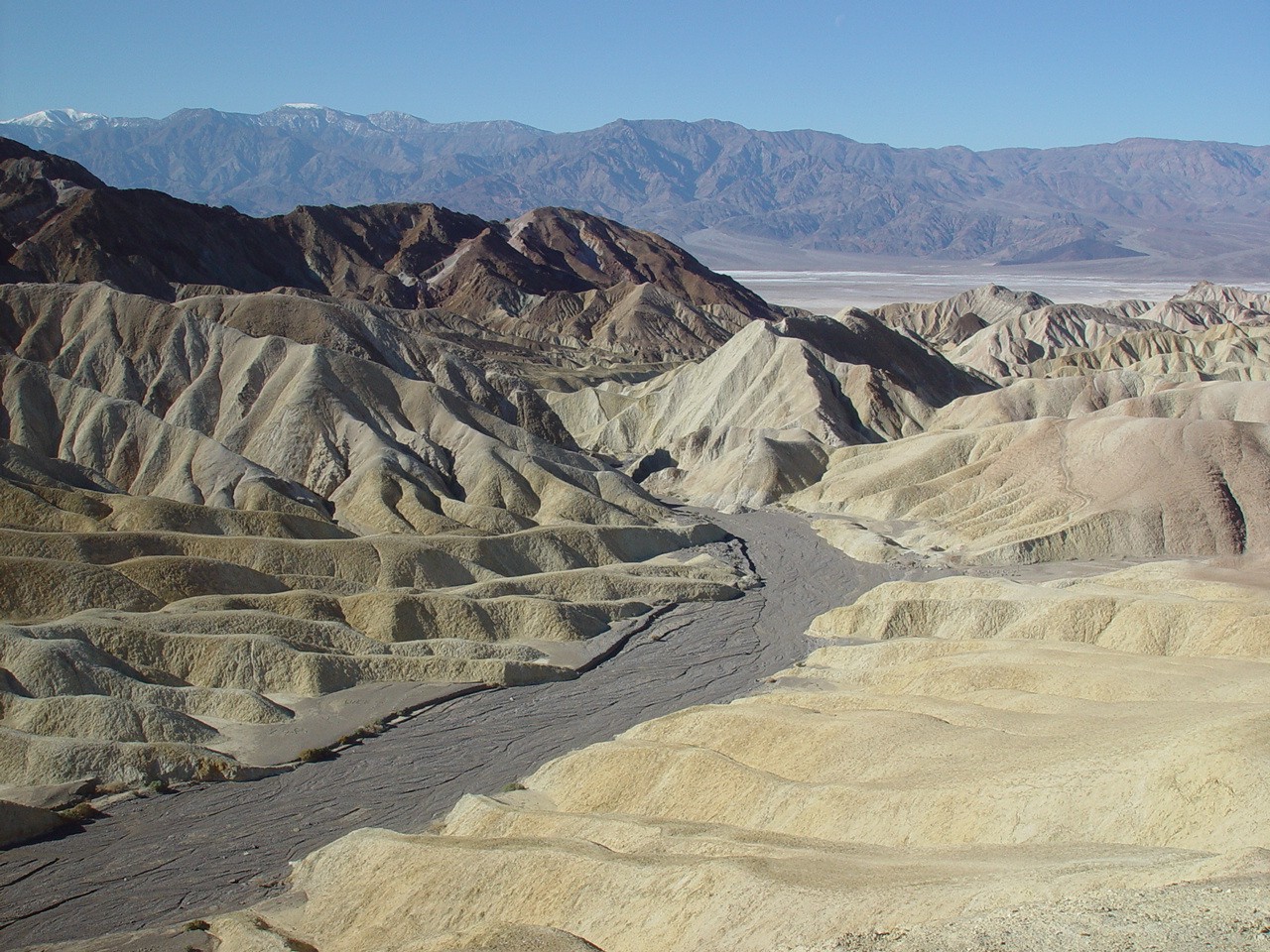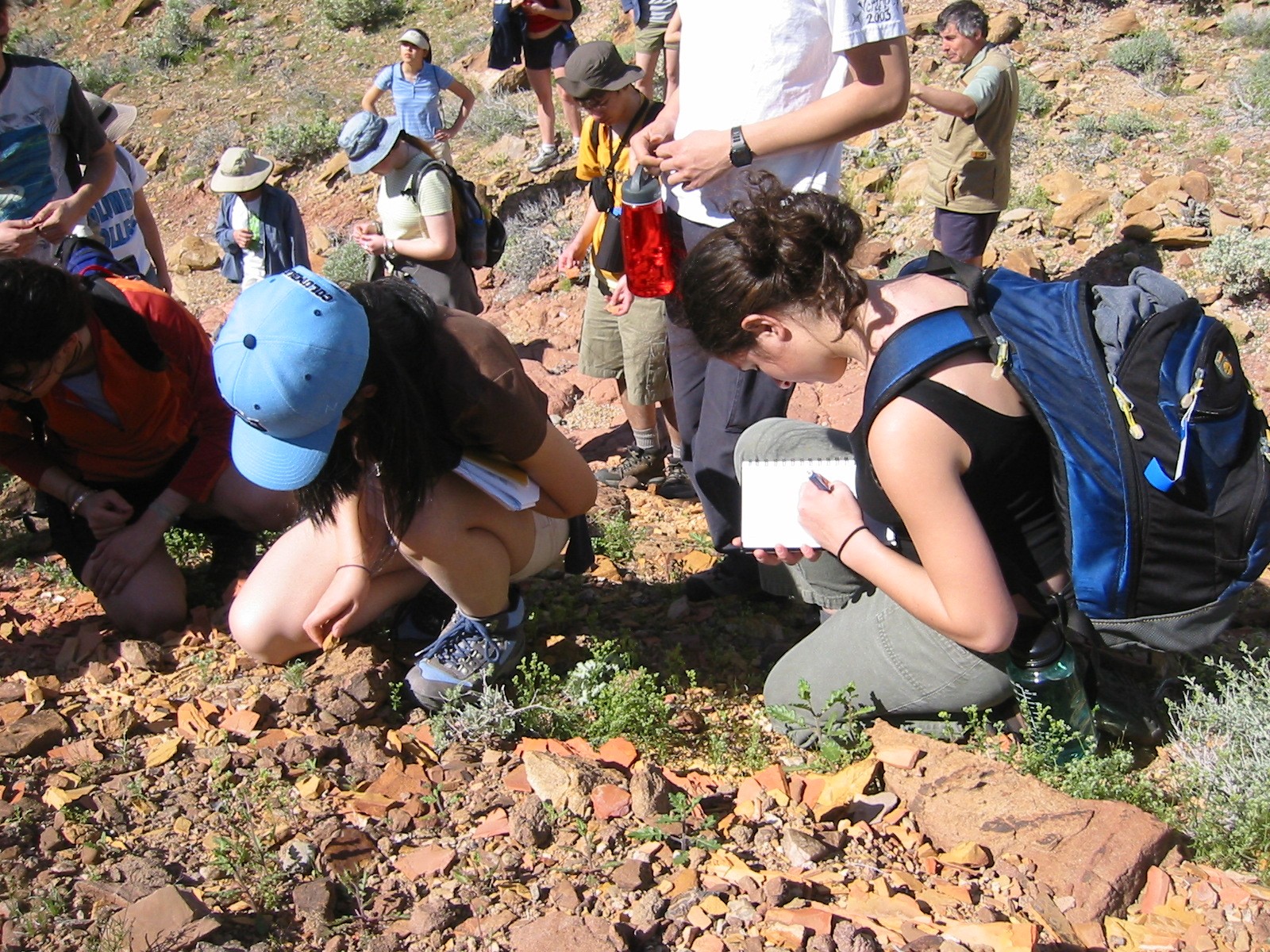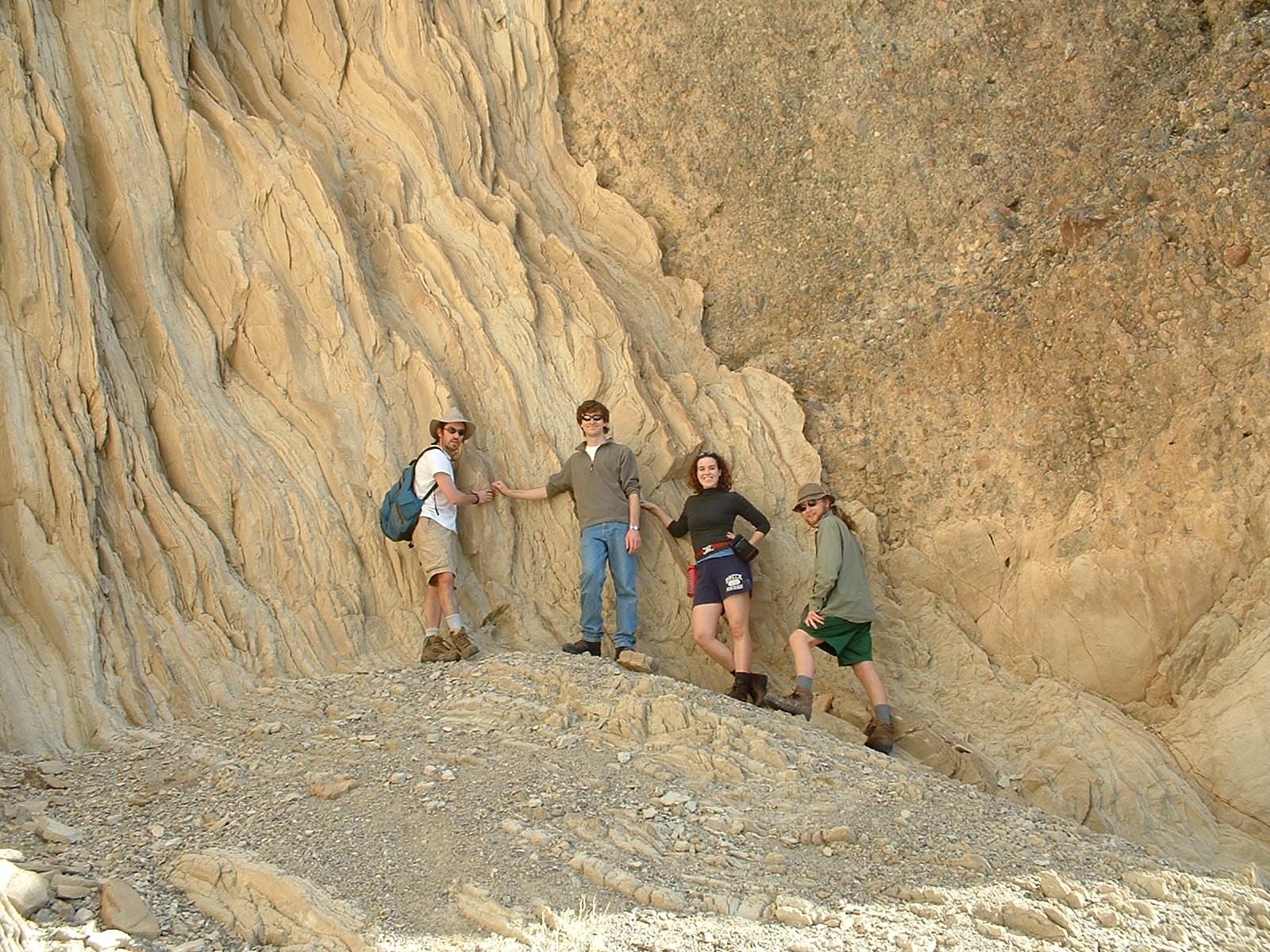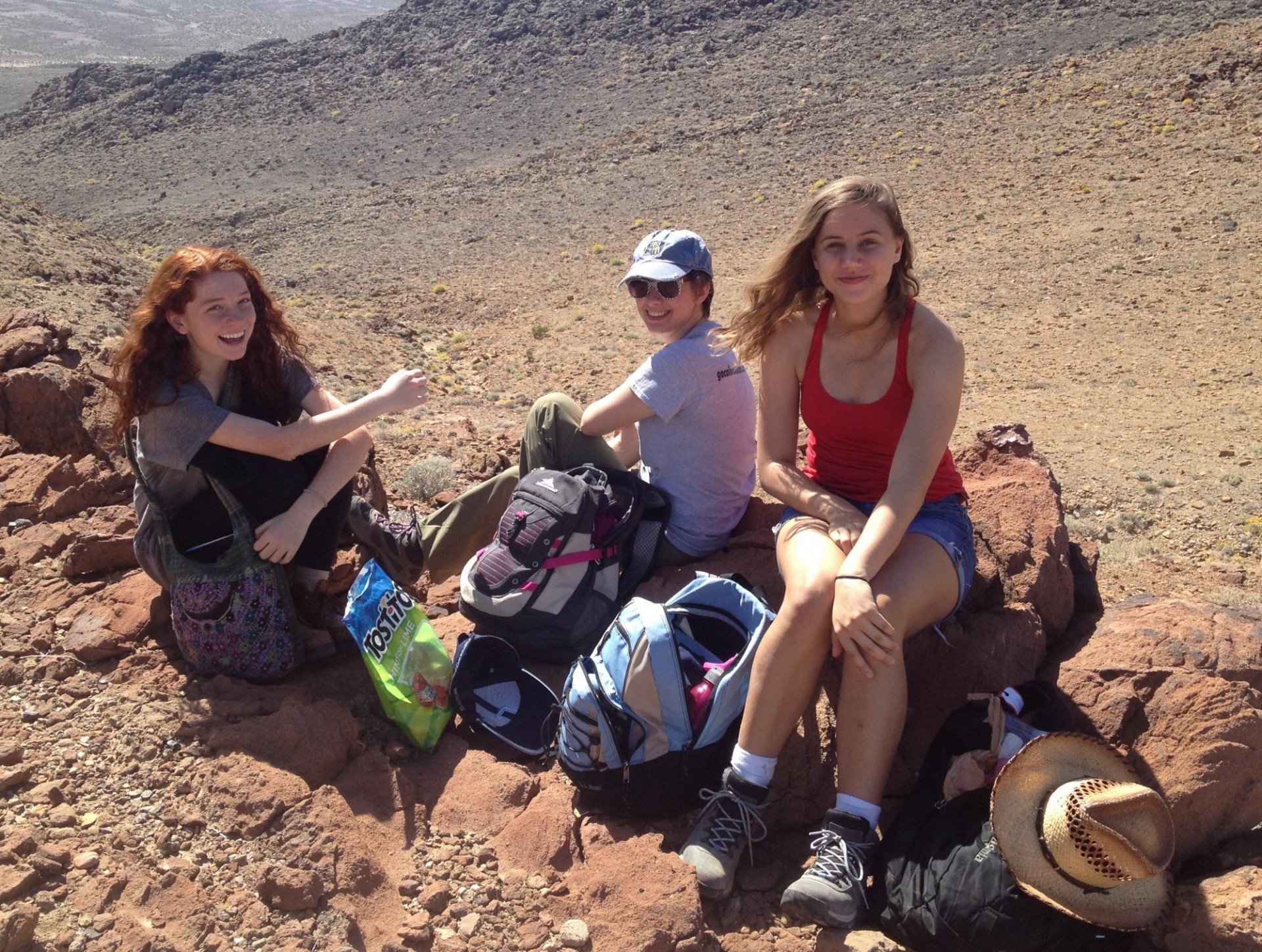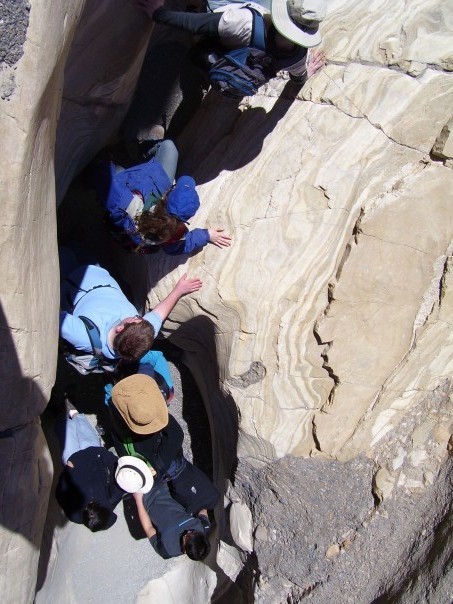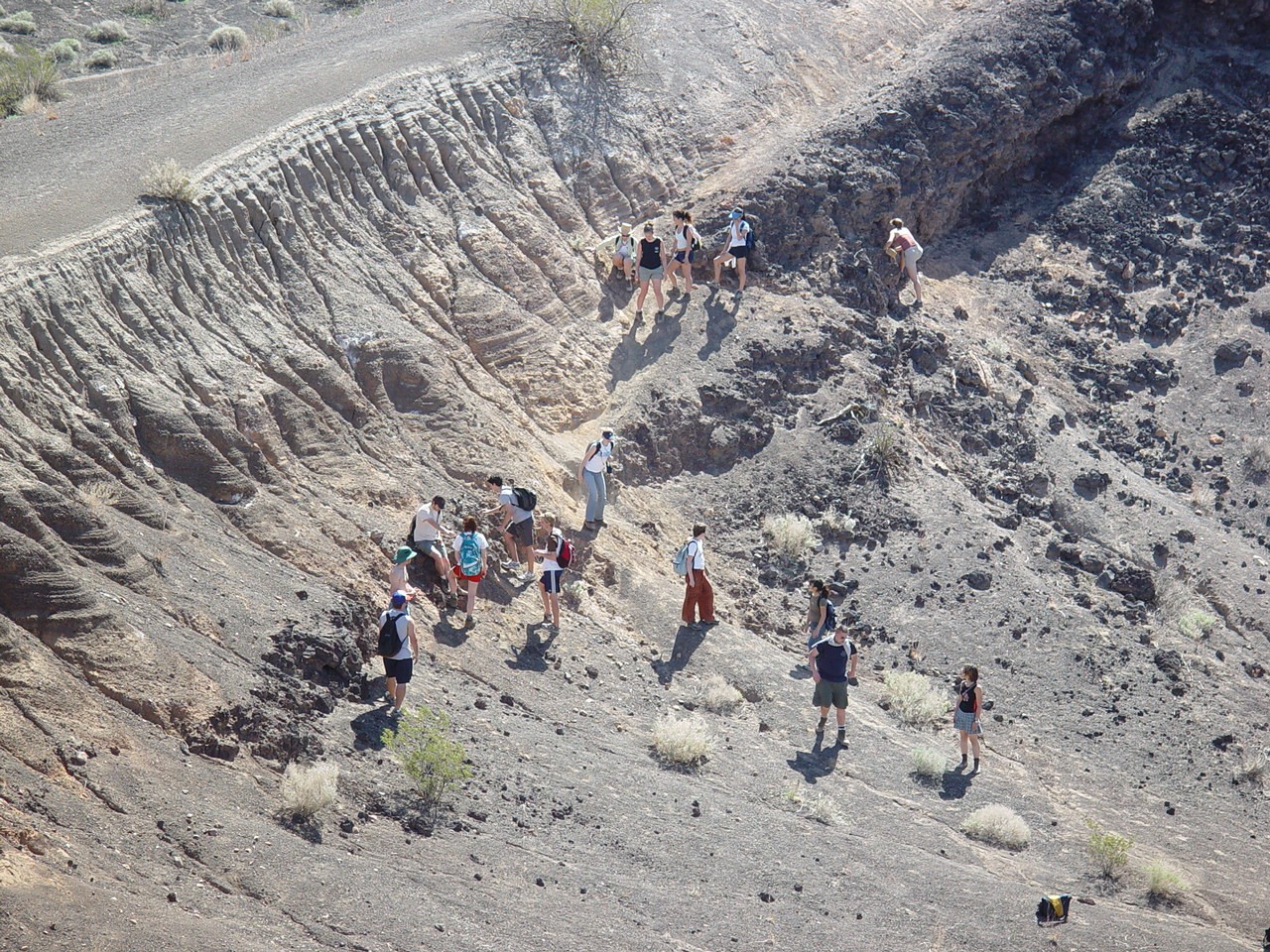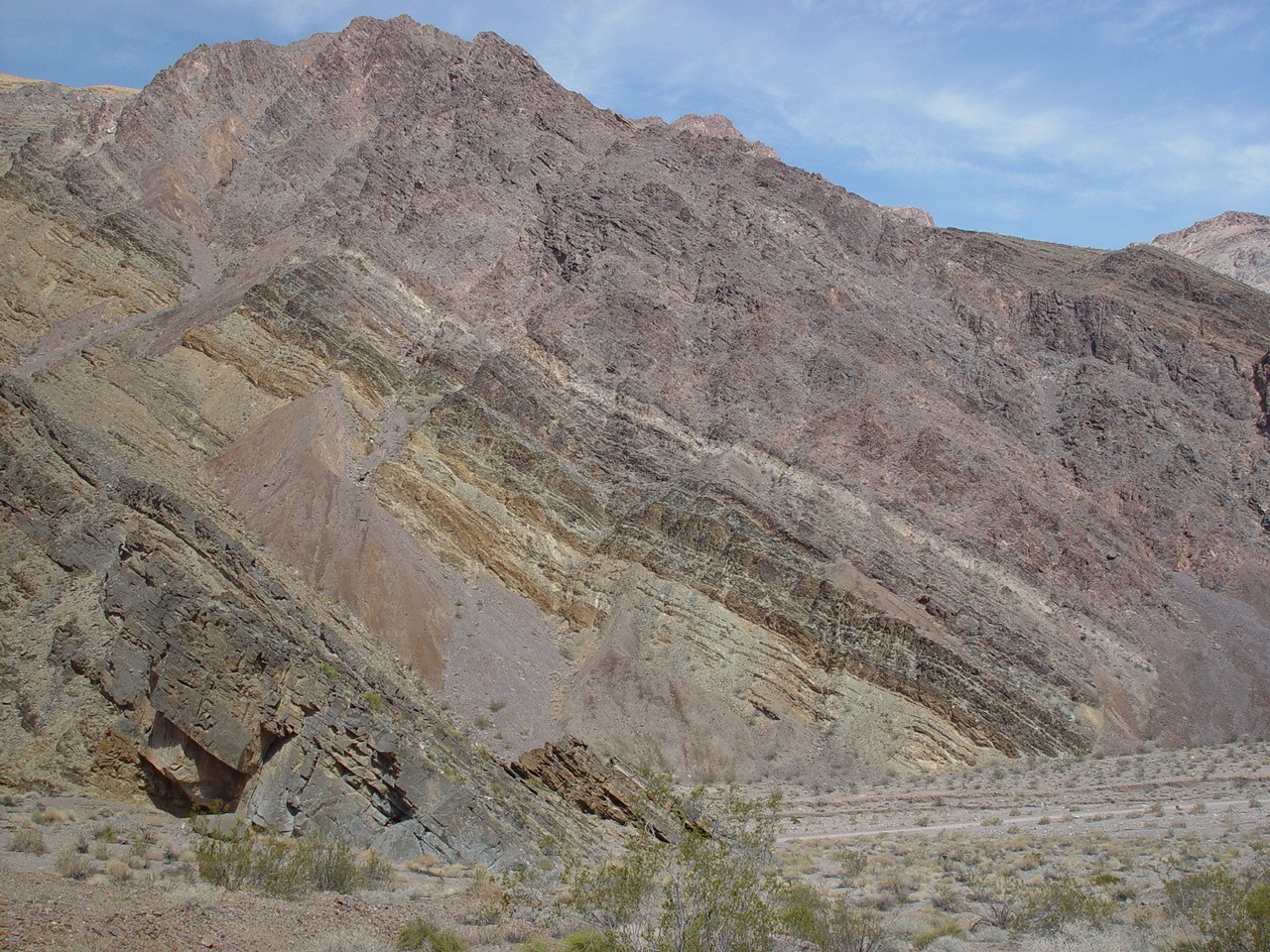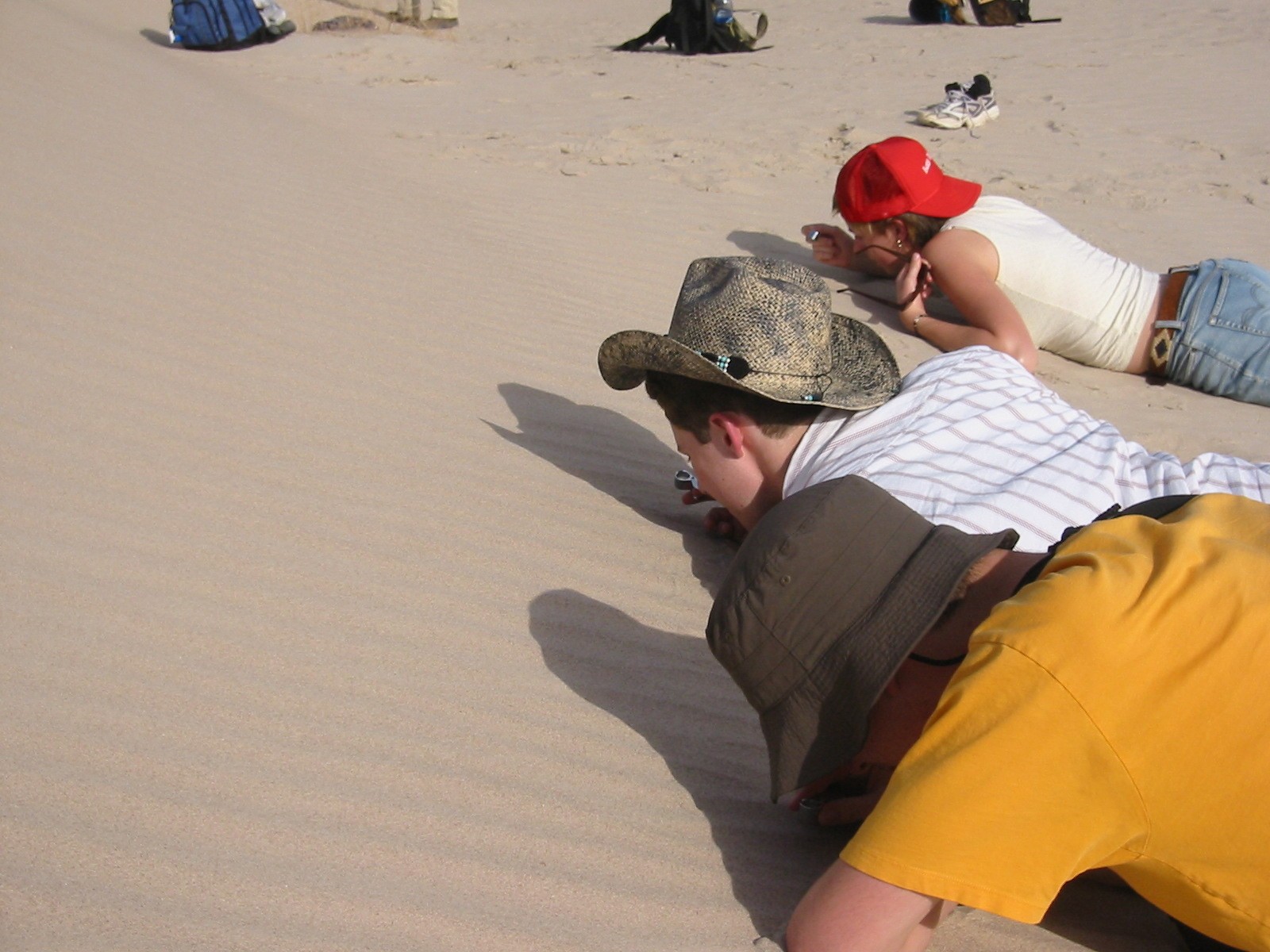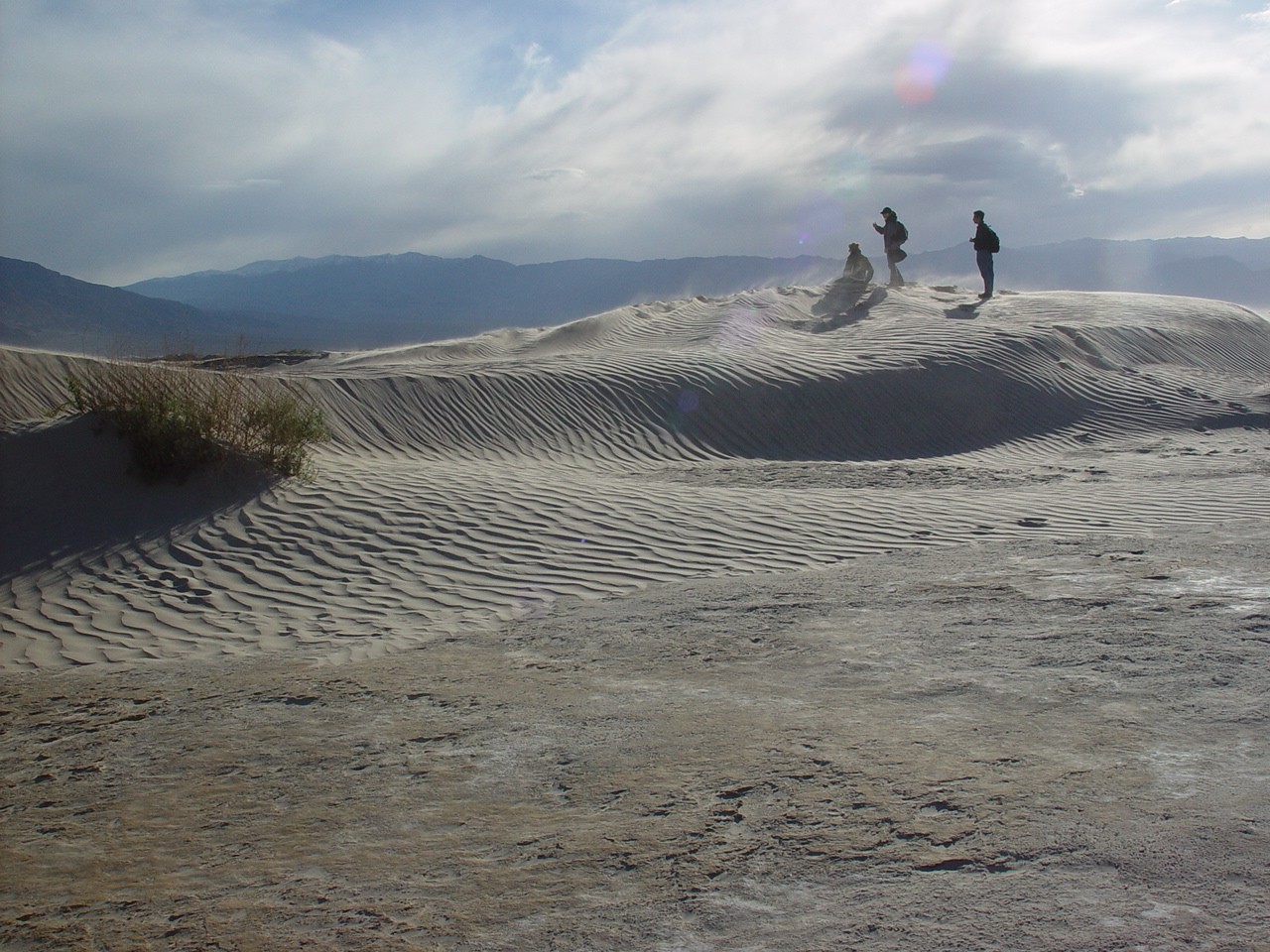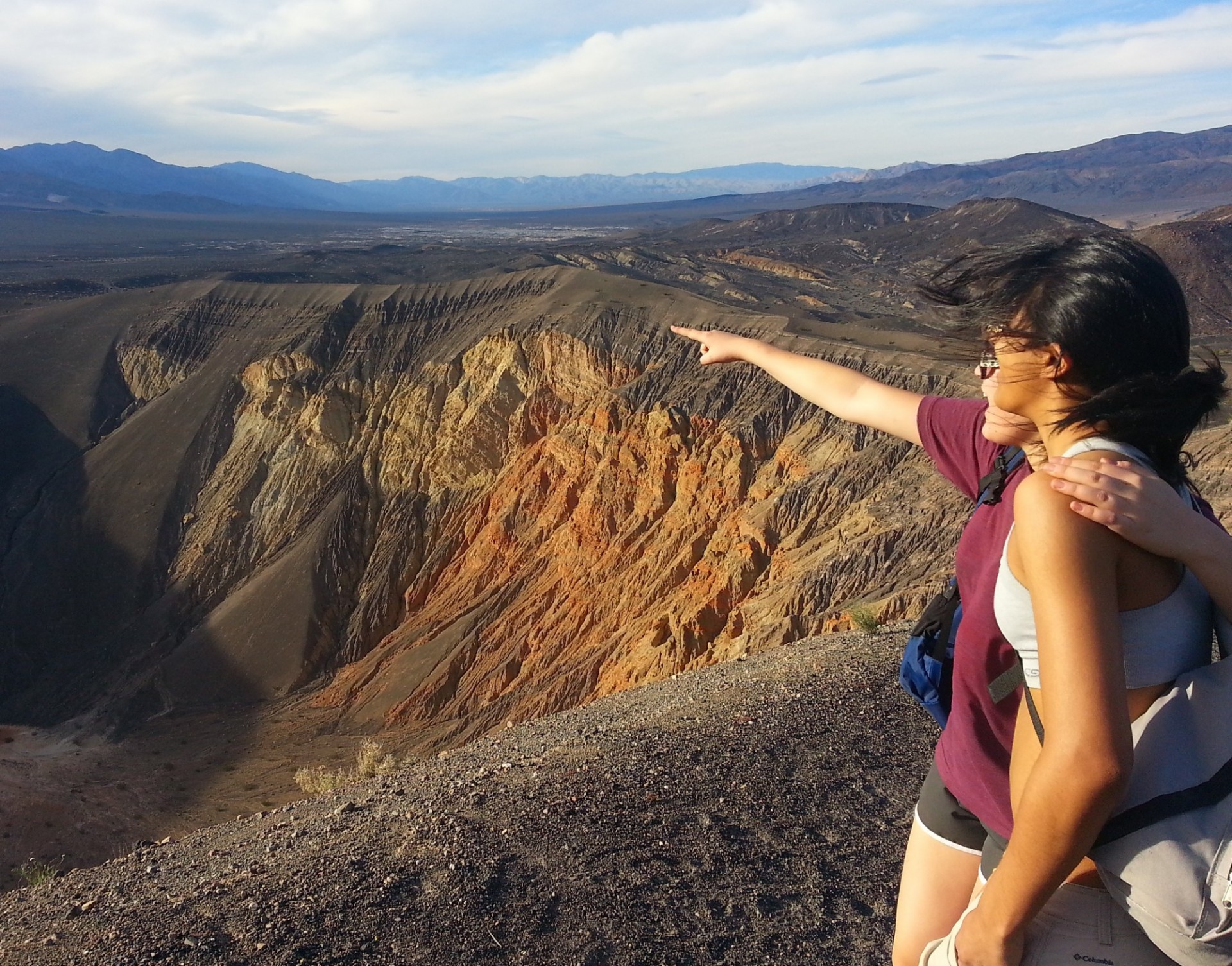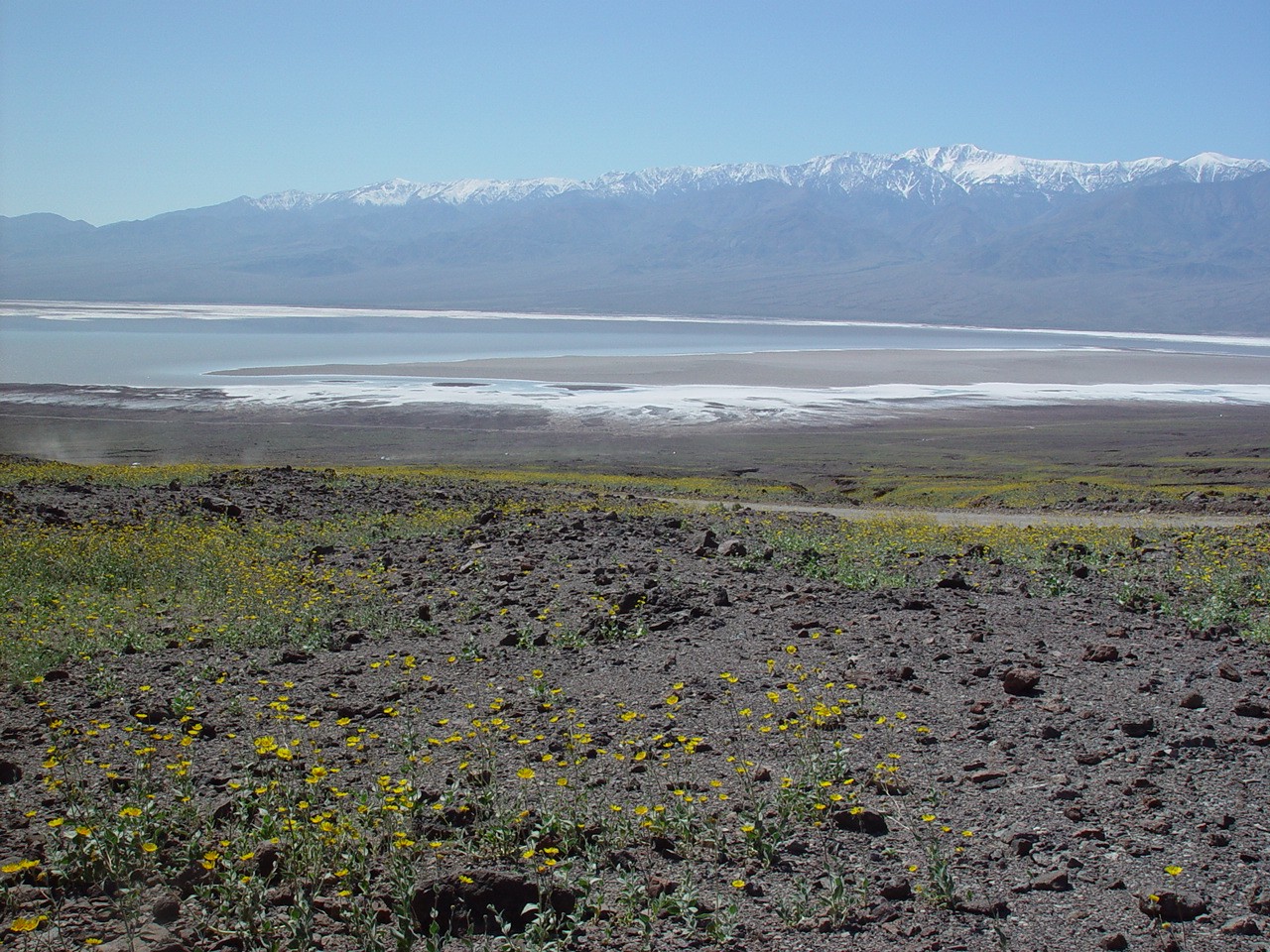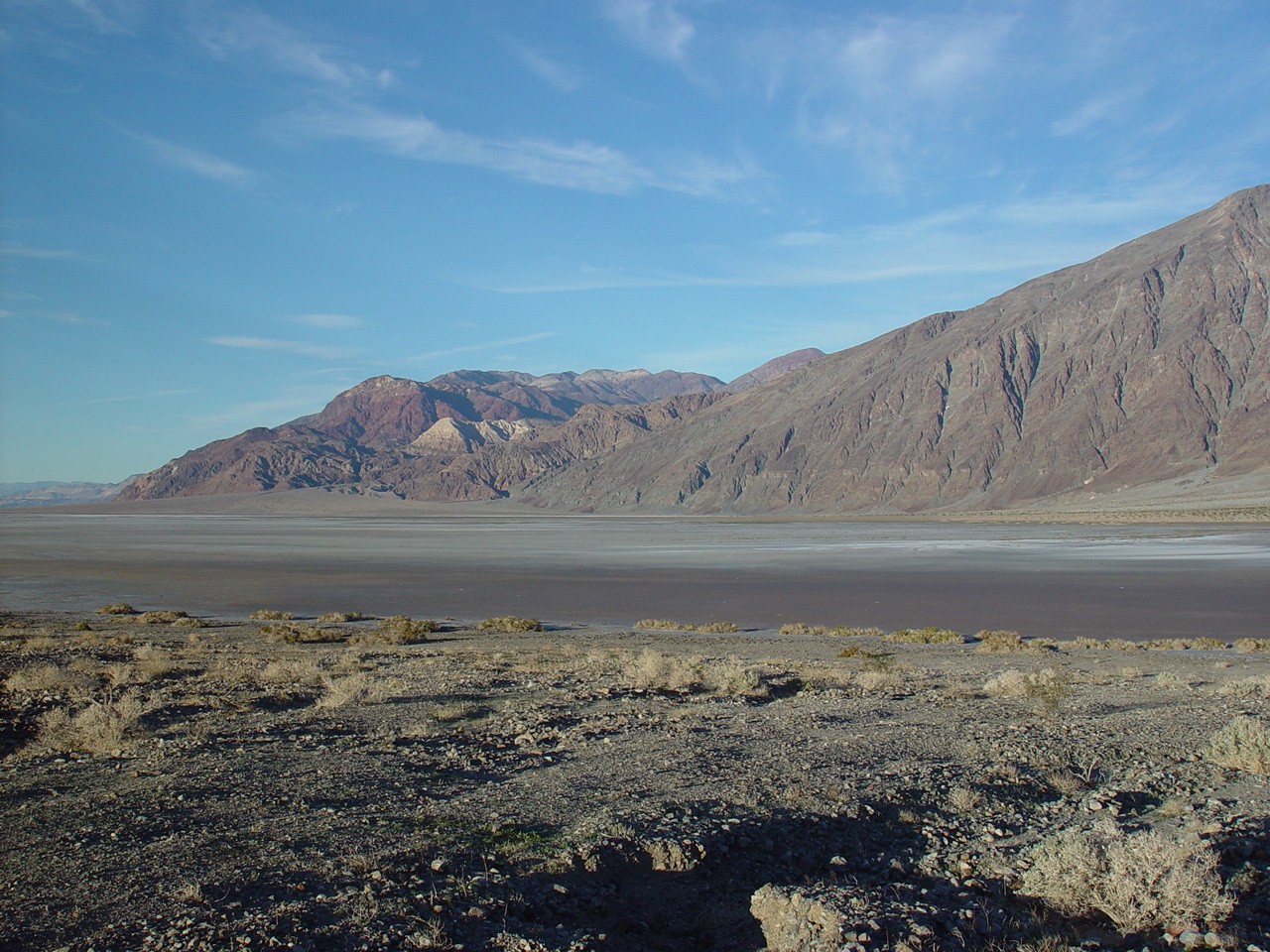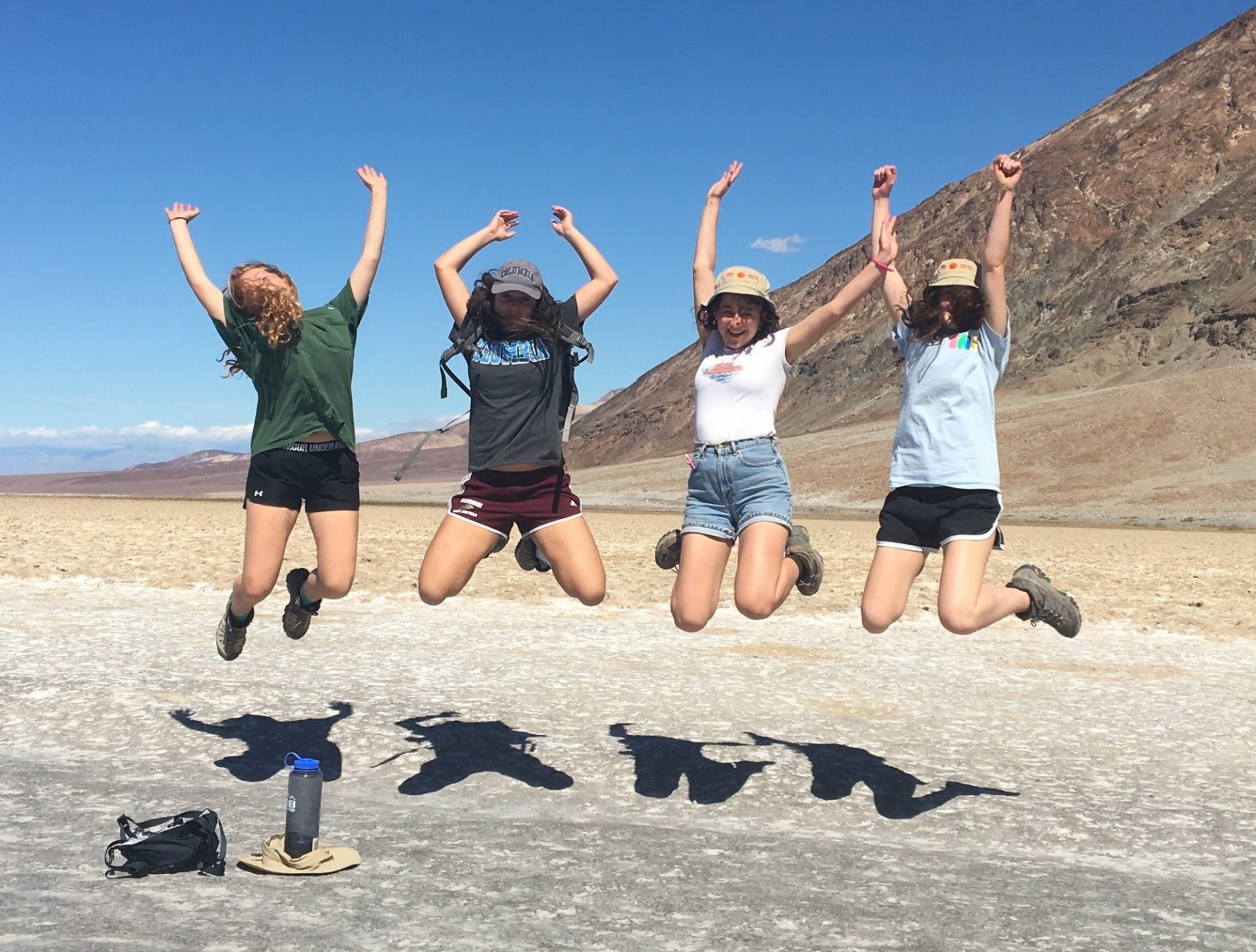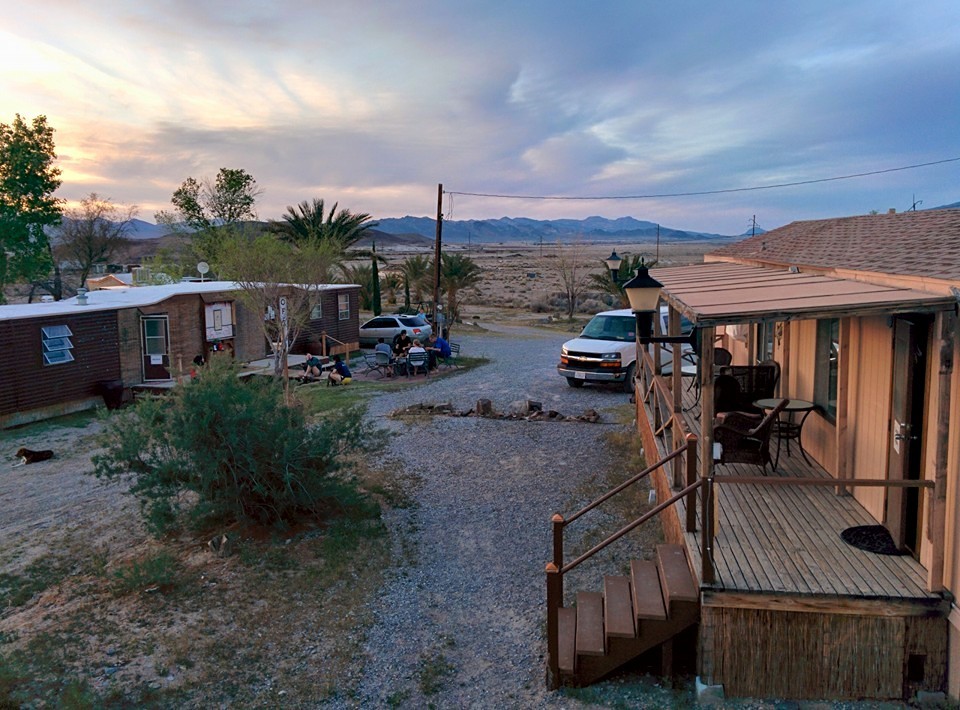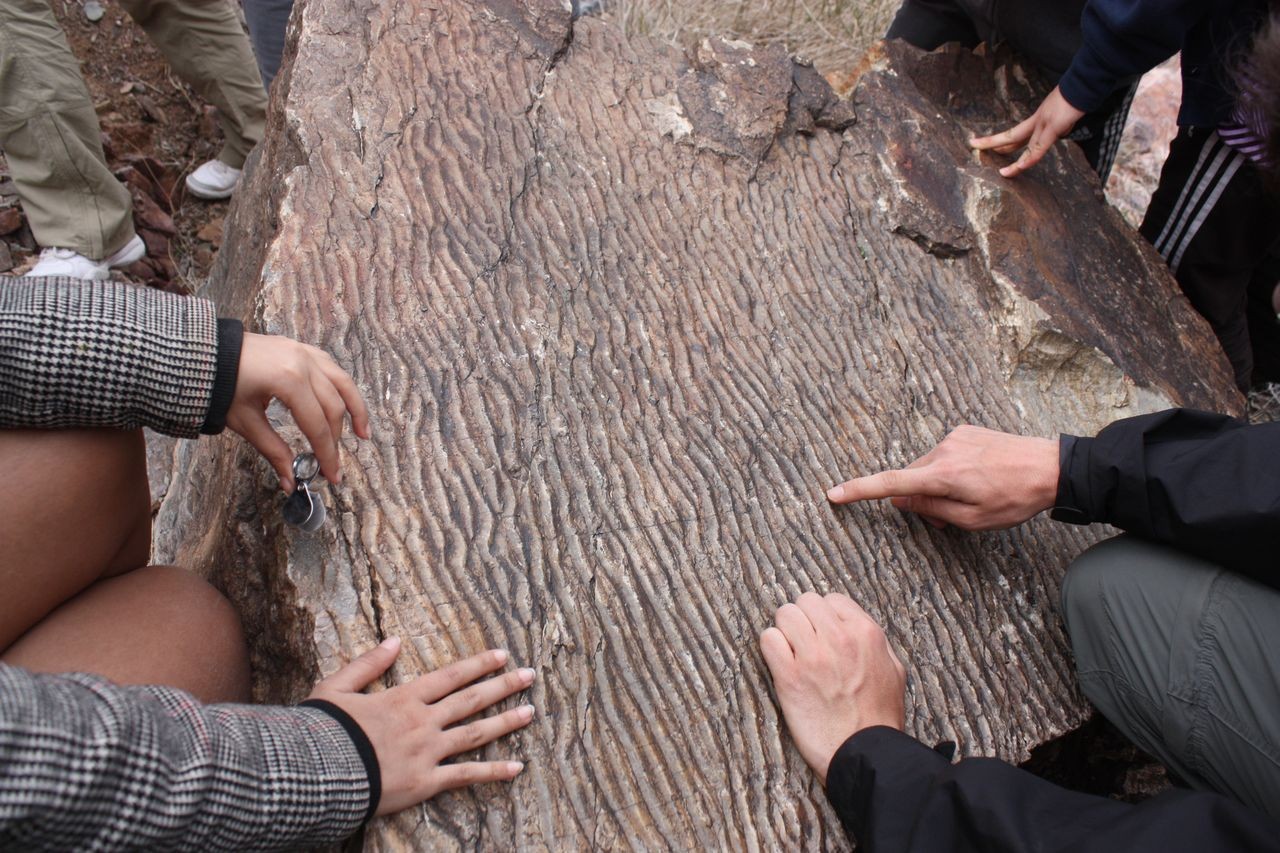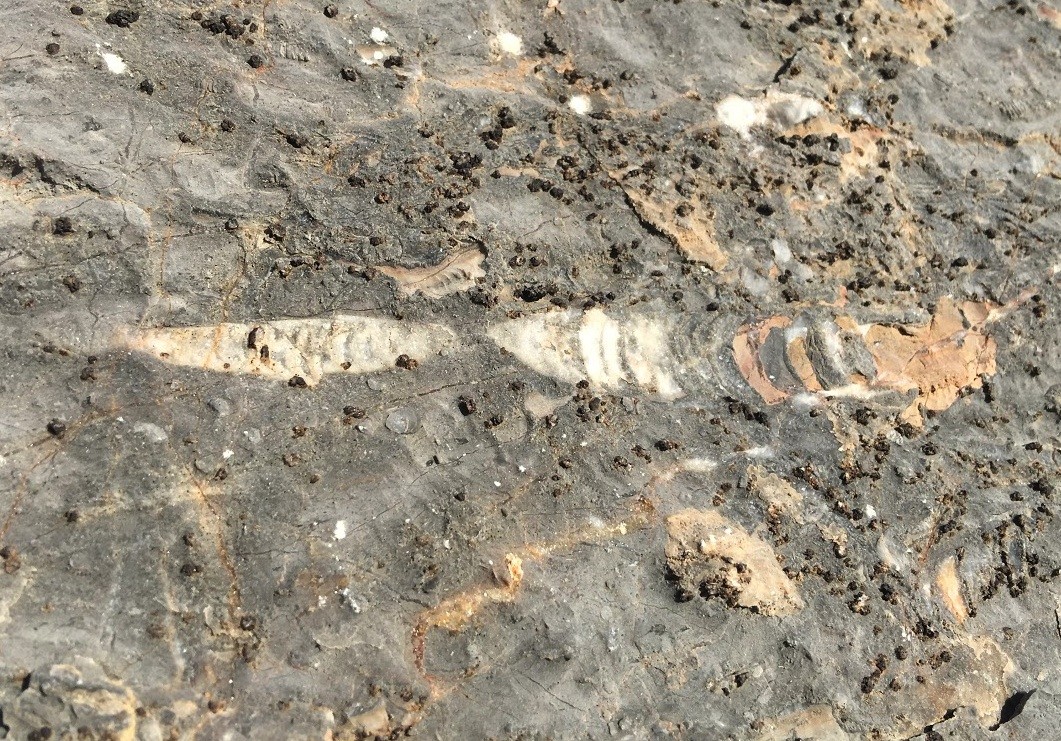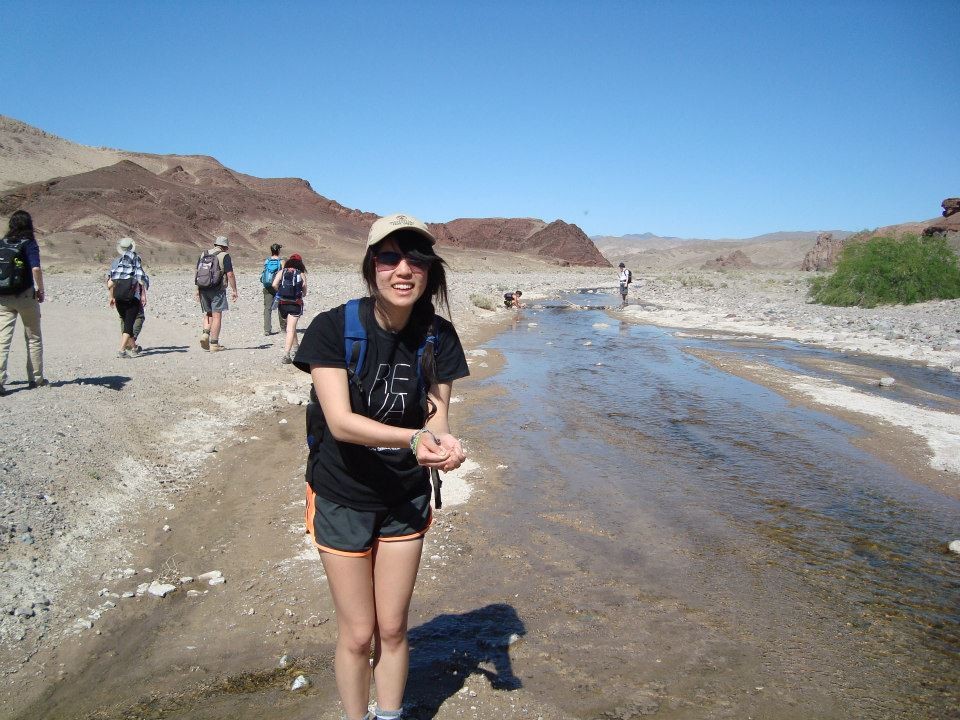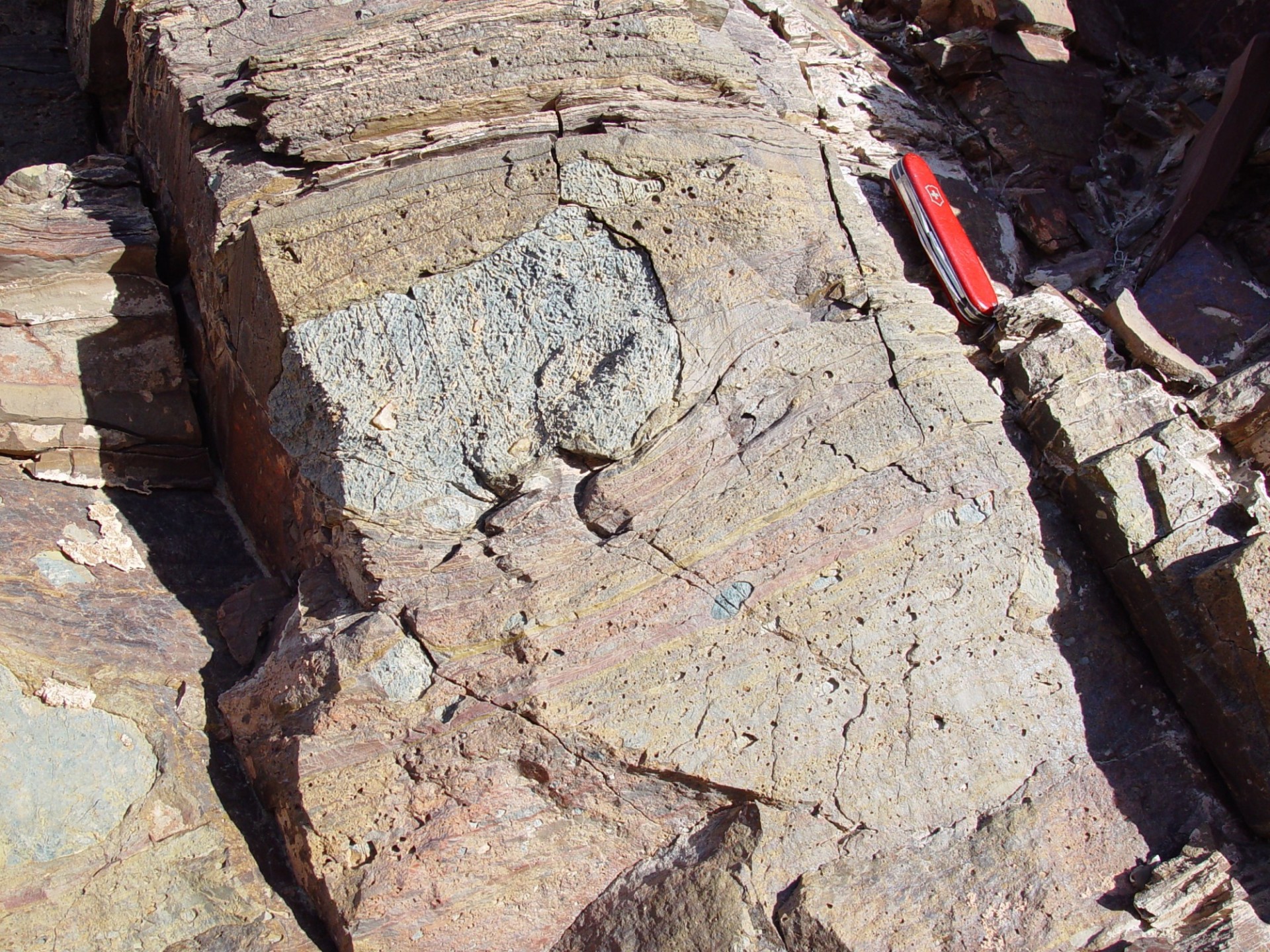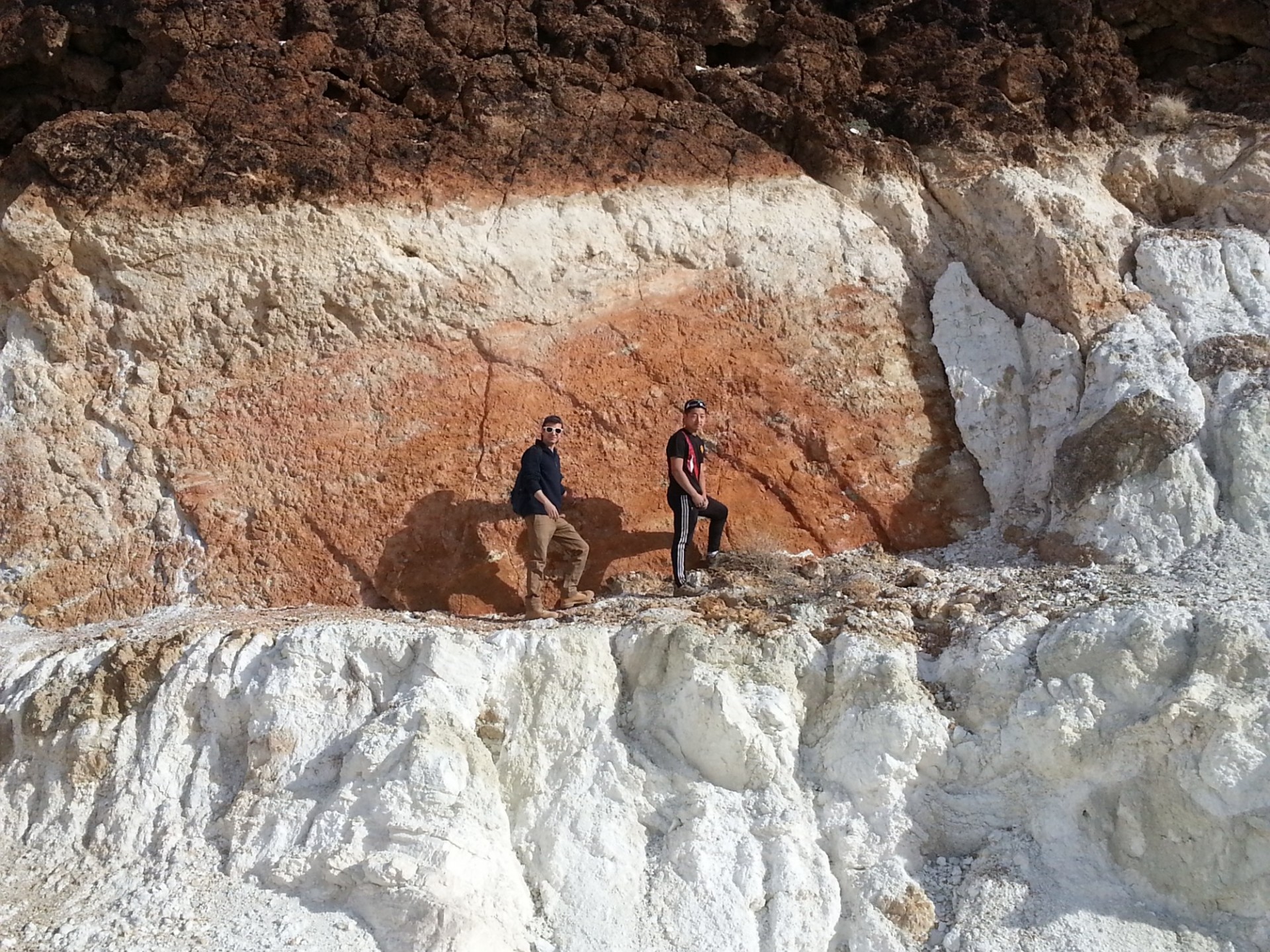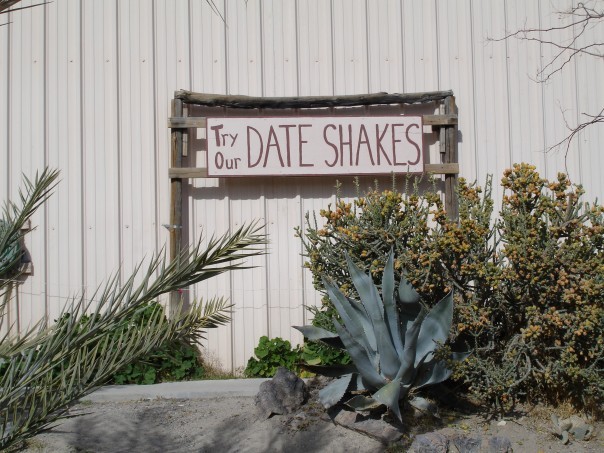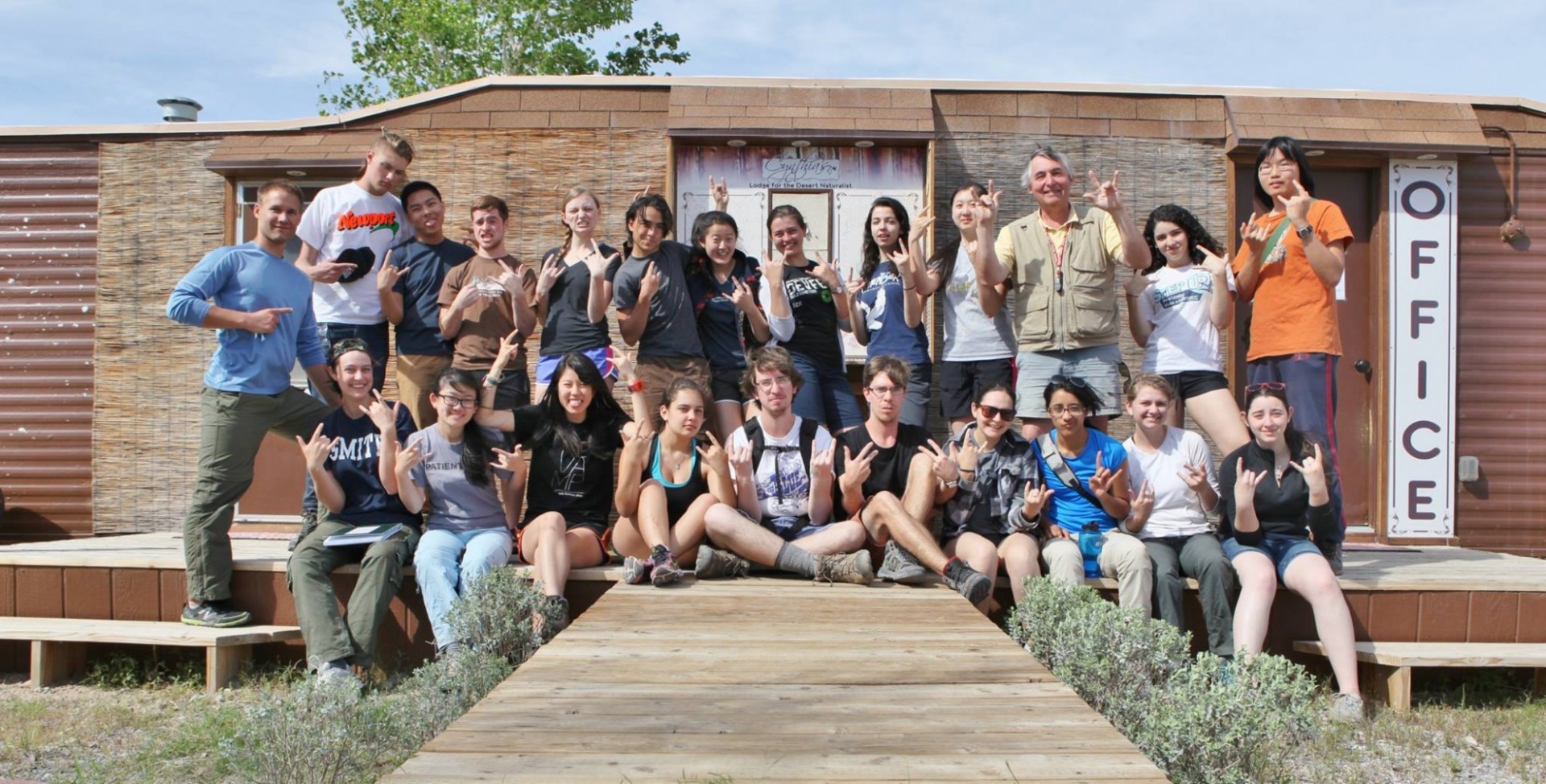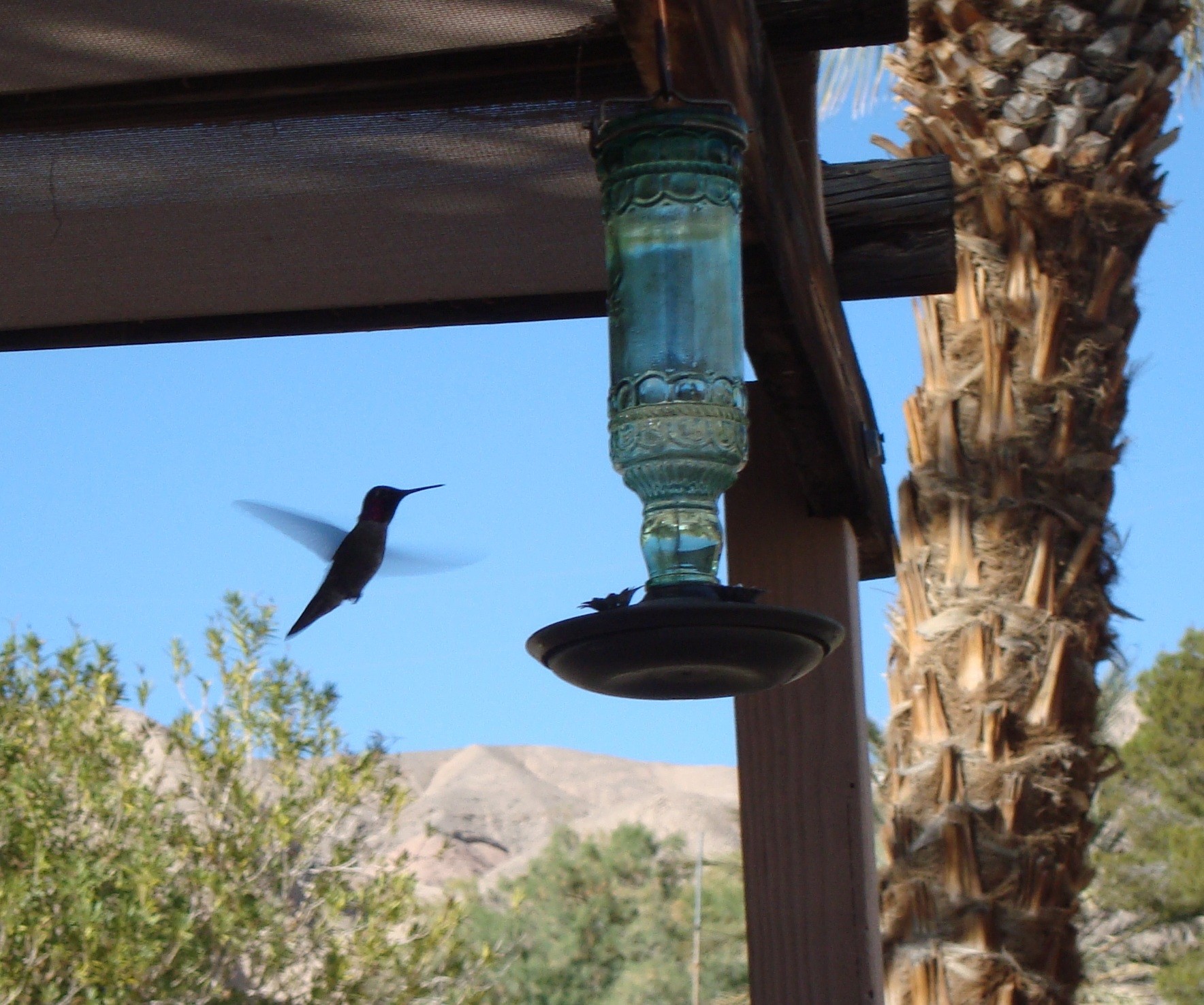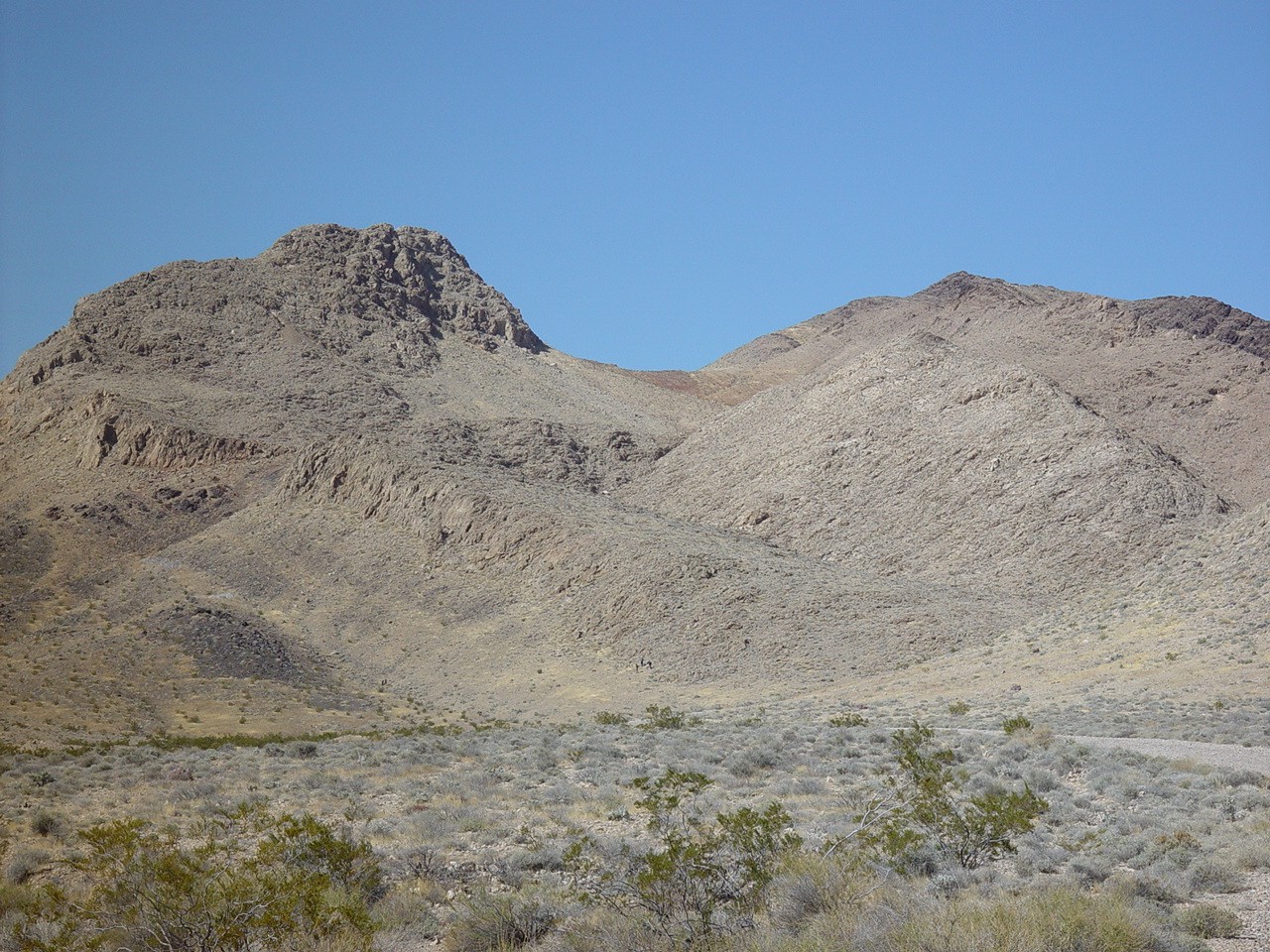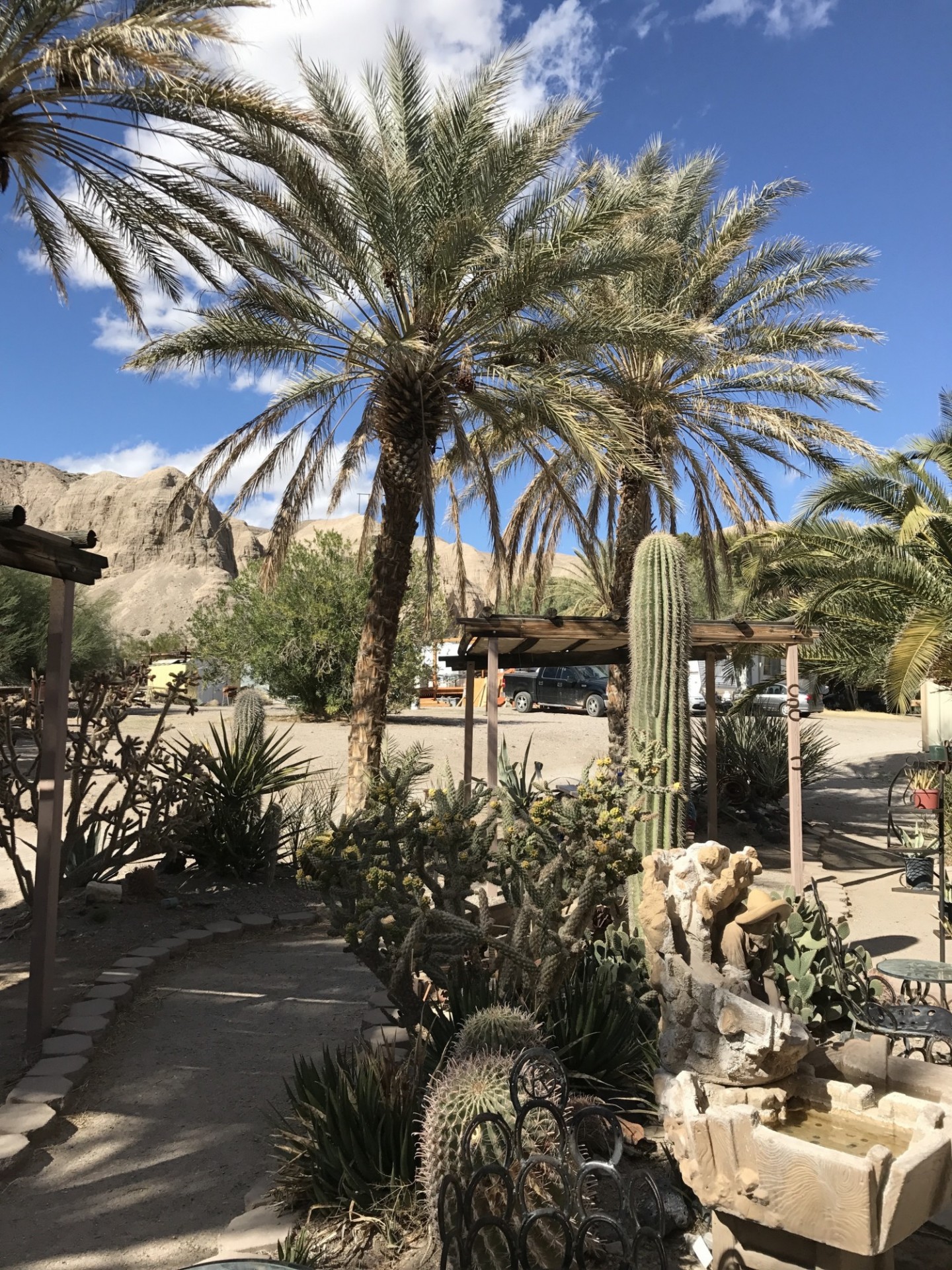Spring Break Field Trip for First-Year and Sophomore Students
March 9 - 16, 2024
Application deadline: November 03, 2023
Read about the 2014 trip on the Earth Institute blog!
Read about the 2003 trip in Earth Institute News!
Pulling Death Valley Apart (https://vimeo.com/10205593)
Earth and Environmental Sciences UN1010 (2 points):
Consistent with Columbia University requirements, all participants must be fully vaccinated for COVID-19.
Many of the outcrops are accessible with short hikes. However, days are long, and in the absence of shade, several traverses are physically demanding when the weather is hot (more than 90° F in 2004, 2013 and 2015). In 2018, we experienced persistent heavy rain our first night camping, and required woolly hats and down jackets on two mornings.
Expectations
The excursion is aimed at first-year and sophomore students with little or no prior background in the Earth and environmental sciences. We are nevertheless going to do real geology -- this isn't Earth science for poets or geotourism. Contrasting vignettes have been selected, striking a balance between the examination of modern phenomena, particularly in the vicinity of Death Valley itself, and examples from the geological record back to more than 1 billion years. Two key localities will be visited each day, with short stops at selected other places. There is so much great stuff to see! Working in small groups, students will make observations/collect data and develop/defend hypotheses (plausible explanations), in some cases in response to specific questions. The instructor and teaching assistant will provide help as needed, and lead discussions aimed at drawing general conclusions from specific examples. Our focus is what you can observe rather than conveying information.
Many participants will be introduced to the world of geology for the first time. For a few students, the experience will reinforce concepts that may have been covered already in formal courses in high school or at Columbia. Those who would like to find out more about the Earth sciences are encouraged to enroll in EESC UN2200, The Solid Earth System, one of three co-ordinated courses dealing with the ocean, atmosphere, solid Earth and life from a systems perspective.
The field trip will focus on the geology of Death Valley and adjacent areas in the eastern California desert -- a chance to see geology in action, and to look back more than 1 billion years through geological time, in an area of outstanding vistas and natural beauty. The terrain is spectacular, with more than 11,000 feet of topographic relief due to the uplift of mountain blocks with respect to structural valleys along faults, a process that started some 40 million years ago as a result of stretching and thinning of the crust in this region, and continues today.
The extreme topographic relief has led to the down-cutting of steep-sided erosional valleys, and to the construction of alluvial fans where streams emerge from the mountains. In places, huge landslides have moved and broken apart the bedrock geology. On the steep, faulted east flank of central Death Valley, once deeply buried metamorphic rocks as old as 1.7 billion years and intrusive igneous rocks as young as 11.6 million years were ductilely deformed at a depth of at least 10-12 km, but they are cut by little-deformed 9 million-year-old dikes and found as fragments in 5 million-year-old gravels as a result of rapid exhumation. While many of the faults accommodate extension of the crust, some allow adjacent blocks to move sideways, a process that is expressed locally by the folding of sedimentary layers and by the lateral offset of stream channels and geological features. Outpourings of lava and ash from explosive volcanoes locally cover the landscape. At an earlier time, some 65 to 300 million years ago, this same region was compressed and shortened by folding and faulting that allowed crustal blocks to be displaced upward and over other blocks, in places causing the sedimentary layers to be turned upside down. Prior to 300 million years ago, the area was covered much of the time by a shallow sea teeming with life. Great thicknesses of fossiliferous carbonate sediments accumulated along the edge of the North American continent, then located at low latitude. We are going to examine examples of these and other features, focussing on the processes at work, the geological history and, in some cases, competing interpretations of geological complexities. Our emphasis in the field will be the observations upon which the interpretations are based. The intent of the excursion is to show you some fabulous geology while you take a well-earned break from spring classes. Among planned diversions, those wishing to do so will be able to take a dip in the hot springs not far from our base in Tecopa.
Geology Map of Death Valley National Park (https://marlimillerphoto.com/DEVAmap.html)
Preparation for Excursion
Preparation for the trip will include modest background reading and several sessions to introduce the geology. We have found that such preparation is important to help students to benefit from their experience in the field. Assigned readings have been posted in Columbia University Courseworks. Sessions are provisionally scheduled as follows, at 7:30-9:00 p.m. on Friday evenings in Schermerhorn 558. The day of week and time have been chosen to accommodate the varied schedules of participants.
- Friday, January 20: Overview of excursion
- Friday, January 27: Plate tectonics
- Friday, February 3: Sediments and the sedimentary record
- Friday, February 10: Squeezing, stretching, and sliding sideways
- Friday, February 17: The development of Death Valley and the modern landscape
- Friday, March 3: Final briefing on logistics
The group will fly round trip from JFK or Newark to Las Vegas, Nevada, and travel in the field by van. Overnight accommodation will be split between camping (one night at Red Rock Canyon near Las Vegas; two nights at Furnace Creek in Death Valley) and Cynthia's Hostel in Tecopa (the final four nights). Showers are available in Tecopa (free), and at Tecopa Hot Springs. Use of the hot springs involves a modest charge (to be negotiated; $7 in 2022). There are flush toilets and drinking water at Furnace Creek. The nearest showers there are in the pool area at Furnace Creek Ranch ($11 per person, payable in advance at the registration desk before 11 p.m.). The open-air pool is filled with naturally heated spring water. Swimsuits are required at Furnace Creek and not permitted at Tecopa (historically owing to the sensitivity of the wetland ecosystem into which the water drains). Pool bathing at the latter continues to be segregated by gender. The group camping area at Red Rock is equipped with modern pit toilets. No showers at Red Rock.
Most food will be prepared communally. Barbecue grills, camp stoves, lanterns and ice chests will be available for the Death Valley overnights. Large pots, cutting boards, knives, washing-up materials, dish cloths, etc. will be supplied for communal use. Wood should be purchased in advance in Las Vegas, Nevada. Prices for virtually anything are inflated at Furnace Creek Ranch following recent renovation. We're also cooking on camp stoves in Tecopa, but have limited access to a kitchen for cleaning up. Students will self-select four teams of five (at least one of which will accommodate vegetarians and others with dietary restrictions). Each team will be responsible for the preparation and clean-up of two evening meals for half of the group. Your other evenings will be free of responsibility. Menus will be co-ordinated in advance, paying attention to dietary preferences. We plan to dine at inexpensive restaurants on our first evening (in Las Vegas) and third evening (in Death Valley). Dinner will be catered upon arrival in Tecopa (day four).
This is a full-immersion experience, with long days in the field. Expect to get tired and to need plenty of sleep. Leave other coursework at home. Bring a novel or self-entertainment (nothing loud). A star chart is useful. The desert night sky is remarkably clear.
Grades
The course will be graded pass/no pass. Our intent is for you to have a stimulating experience.
Cost
The student contribution to the cost of the week-long excursion, which includes airfare, transportation in the field, accommodation, food, park entry fees, and course materials, is $600 per student (approximately 50% of the actual cost). Flights and vehicle rental have become much more expensive than was the case prior to COVID. Financial support from The Earth Institute (among several entities underwriting the cost) has become less secure than in the past.
How to Apply
Email applications (and queries) should be sent as soon as possible, and no later than November 03, 2023, to Professor Folarin Kolawole ([email protected]). Please include contact information (full name, mailing address, telephone, e-mail); year at Columbia University or Barnard College; a summary of prior Earth science courses or experiences, and why you wish to join the excursion; intended major(s) or concentration(s) if known; how you found out about the trip; and any health, dietary or other concerns. Most of the outcrops are readily accessible with short hikes, but two traverses will require some scrambling over steep rocky terrain.
As a result of heavy demand, the trip is restricted to first- and second-year students from Columbia College/General Studies, Barnard College and the School of Engineering and Applied Science. We can accommodate a maximum of 20 students.
All students must register for EESC UN1010 (2 units).
All students must register for EESC UN1010 (2 units).
Each student's contribution of $600 is requested no later than November 18, so that we can go ahead with airline reservations. Checks are payable to the Department of Earth and Environmental Sciences. These may be taken to the campus DEES office (Room 557, Schermerhorn) or sent by mail to Kaleigh Matthews at Lamont-Doherty Earth Observatory, Palisades, NY 10964-8000. Please mark checks "Death Valley" to ensure that they are credited to the correct account.
Personal Equipment Needed
Students will need clothing suitable for warm to hot days (70-90° F, depending on elevation) and cool nights (45-60° F), including sun hat, sunblock, and sunglasses; as well as down jacket or equivalent, woolly hat, and gloves. Bring boots with good tread suitable for clambering over rough terrain (with enough room for two pairs of socks to avoid blisters); a pair of comfortable shoes or sneakers; sleeping bag, insulating pad, ground cloth; a plate, mug, cutlery suitable for three nights camping; two one-quart (liter) water containers or equivalent for the field (Nalgene bottles are good); day pack; swimsuit and towel; and a flashlight (essential). Cell phone reception is patchy in the Death Valley area. There are pay phones at each overnight location. The chance of significant rain is not high (a monthly average of 0.25 inches for March; 2.4 inches annually), but some protection is advised. It can also be windy during the spring season. Standard practice is not to use tents, but to sleep under the stars (literally). However, tents will be needed in case of inclement weather. Some will undoubtedly prefer to pitch a tent even if the weather is fine. It is the responsibility of participants to provide a tent or to make arrangements to share. Space will be limited in the vans, particularly when we are in transit. It will be necessary to be disciplined about luggage. Soft-sided bags are packed most easily.
Geological Equipment Needed
Students will require a notebook, pencil/eraser, scale or ruler (15 cm). A 10x hand lens will be provided.
Optional equipment includes a geological hammer, a small pocket knife, binoculars (or a monocular), Brunton compass, a digital camera. Estwing hammers are sold at many hardware stores. Both hammers and knives must be placed in checked baggage to prevent confiscation by airport security.
The instructor will be bringing each of these items, along with a whisk broom (to clean off dusty outcrops), a small shovel, and 10% hydrochloric acid (to test carbonate rock samples).
Safety Advice and Other Requests
None of the places to be visited is especially unsafe, so long as we follow some rules. To ensure the success of the trip, please observe the following advice and requests.
-
Follow instructions. While we are in the field, be prepared to reassemble at pre-specified times and places. Do not wander off alone. At best, it wastes time. At worst, it is an issue of safety.
-
Watch where you put your hands and feet, particularly when climbing. Natural hazards include rattlesnakes, scorpions, and a great many varieties of thorny plants. Snakes like to sun themselves on ledges. Be aware of sharp rocks, particularly carbonates. Gloves are useful for climbing. Do not run down hills. Loose material tends to move in unexpected ways. None of these hazards has proven to be a serious problem on past trips. Insects are generally incompatible with the desert terrain, and they are encountered primarily near stagnant water and vegetation.
-
On steep slopes, avoid rolling blocks onto those below you. Avoid being directly beneath others on a slope. Be especially vigilant in proximity to cliffs. Never stand close to a cliff edge. You have no way of knowing how stable the rocks are, and every incentive not to find out.
-
Be careful when using a rock hammer in proximity to others. Shield your eyes. Never strike one hammer against another. They're made of hardened steel, and tend to splinter.
-
Drink plenty of water to avoid becoming dehydrated, particularly at the beginning of the day. Take at least two quarts (liters) with you on hot days and long traverses. A wide-brim sun hat, sunblock and sunglasses are strongly recommended.
-
Wear sturdy boots suitable for clambering over rough terrain. They need good tread for traction. Wearing two pairs of socks is the best way to avoid blisters. Moleskin is an excellent solution if you happen to develop blisters.
-
The desert landscape is very fragile. Please respect it. No collecting of rocks or plants or artifacts is permitted in Death Valley National Park. Leave no trash.
-
Efforts will be made to take pit stops wherever convenient. Toilets are not widely available once we leave population centers, and there is very little cover in the desert. Please respect the privacy of others. Bury all waste. Do not pollute water sources.
-
We'll be living and travelling in close quarters. So treating others with respect applies everywhere and at all times. Stay relaxed. Chip in with chores that need to be done, without being asked. Do your part to make the trip a success. Respect quiet hours.
-
The drinking age for alcohol in California is 21. No consumption of alcohol is permitted during the day. No open (or opened) alcohol containers are permitted in vehicles under California State law. No illegal drugs. The conspicuous display of good judgment will be appreciated. Offenders will be sent home at their own expense.
-
For reasons of insurance, only the field-trip leader and teaching assistant are permitted to drive the vehicles.
-
Either of us can be consulted in case of any difficulty.
Emergency Medical Arrangements
First aid kits will travel with each vehicle (under the second seat, by the door). In emergency, the nearest medical facility is Desert View Regional Medical Center, as much as 2.5 hours from northern Death Valley. This is located on Lola Lane on the west side of Pahrump. All students should be sure to bring evidence of health care coverage (either Columbia or private plans), along with any medication needed during the excursion.
Instructors
Folarin Kolawole joined the Columbia faculty in 2022 as an Assistant Professor of structural geology. He holds graduate degrees in geology and geophysics from Oklahoma State University (M.Sc., 2017) where he studied active continental rifting and intraplate earthquakes, and the University of Oklahoma (Ph.D., 2020) where he studied anthropogenically induced earthquakes. Prior to graduate school, he obtained a bachelor's degree in Geology (B.Sc., 2008) from the Federal University of Technology, Akure, Nigeria where his undergraduate research explored the deformation of granitic massifs. After completing his undergraduate education, he worked for the Bureau of Geophysical Prospecting, Nigeria for four years as a seismologist, then moved to US for grad school. However, after obtaining his PhD and before joining Columbia as a professor, he worked with BP America in Houston for two years as an exploration geologist. At Columbia, he currently teaches the Crustal Deformation (EESC 4230) in the Fall semester and the Death Valley Excursion (EESC UN1010) in the Spring. Kolawole's research concerns crustal deformation processes, early-stage development of divergent plate boundaries (continental rifting), anthropogenically-induced earthquakes, and natural intraplate seismicity.
Teaching Assistant
Chris Rowan is a third-year Ph.D. student in the Department of Earth and Environmental Sciences at Columbia University. His primary research interests encompass extensional tectonics, continental breakup processes, and landscape evolution. He has related interests in Cenozoic paleoclimate and hominin evolution. Chris holds both a B.S. and an M.Sc. in geology from Rutgers University. His undergraduate senior thesis investigated the geologic controls on the hominin-bearing fossil record within Plio-Pleistocene strata east of Lake Turkana, Kenya. Using Ar-Ar geochronology, he redated a crucial basaltic marker that constrains the age of a hominin fossil west of Lake Turkana for his Master's thesis. His current research integrates field geology (structure, sedimentology, and lithostratigraphy), seismic reflection interpretation, and potential field geophysics to investigate how juvenile active rift basins evolve through space and time. Throughout several field campaigns, from his Master's to the present, Chris has spent nearly two and a half months conducting field geology in northwestern Kenya.
Contact Information
Folarin Kolawole
Lamont-Doherty Earth Observatory of Columbia University
Palisades, New York 10964-8000
E-mail: fola@ldeo.columbia.edu
Web page: https://www.folarinkolawole.com | https://eesc.columbia.edu/content/folarin-kolawole
For general information on Death Valley see:
- USGS Geology of the National Parks: Death Valley National Park (https://www.usgs.gov/science-support/osqi/yes/national-parks/death-valley-national-park-0)
- National Park Service: Death Valley (http://www.nps.gov/deva/index.htm)
Updated April 27, 2023
To report problems, email webmaster.
Outline of Excursion
(All photos by Nicholas Christie-Blick except where otherwise noted.)
We plan to depart each day between 8:00 and 8:30 a.m., and to return by 6:30 p.m. (Daylight Saving Time).
Saturday, March 09:
Arrival in Las Vegas. Localities in the Spring Mountains, west of Las Vegas, Nevada: Red Spring (lunch); Calico Hills; Willow Spring. Principal themes: deformation related to crustal shortening; eolian or wind-influenced sedimentation (Mesozoic). Dinner in Las Vegas. Night at Red Rock Canyon Campground in the eastern Spring Mountains.
Sunday, March 10:
Localities at Eagle Mountain and in Furnace Creek Wash: Eagle Mountain (lunch); Hole in the Wall; Zabriskie Point. Principal themes: alluvial and lacustrine sedimentation, faulting and Neptunian dikes; alluvial fan and lacustrine sedimentation along the Furnace Creek fault (Miocene). Night at Furnace Creek Campground in Death Valley. Barbecue dinner.
Monday, March 11:
Localities are in the northern Panamint Range and northern Death Valley: Mosaic Canyon; Ubehebe crater; Old Stovepipe Well (lunch). Principal themes: Ductile and brittle fault rocks, and valley-filling gravels (Proterozoic to modern); volcanic and eolian phenomena (modern examples). Dinner at Furnace Creek Ranch. Night at Furnace Creek Campground in Death Valley.
Tuesday, March 12:
Localities in the Black Mountains, and along the east side of central Death Valley: Dante's View; Gower Gulch (lunch); Badwater; Badwater turtleback. Principal themes: extensional faulting and alluvial fan development (Miocene to modern). Night at Cynthia's Hostel in Tecopa. Dinner upon arrival.
Wednesday, March 13:
Localities in the southern Nopah Range and southeastern Funeral Mountains: Emigrant Pass (lunch); Bat Mountain. Principal themes: marine terrigenous and carbonate sedimentation and fossils (Cambrian and Mississippian). Night at Cynthia's Hostel.
Thursday, March 14:
Alexander Hills (lunch); Sperry Wash. Principal themes: marine sedimentation and igneous intrusion, and stratigraphic arrangements at a basin margin (Proterozoic). Night at Cynthia's Hostel.
Friday, March 15:
Localities in the southern Nopah Range and Resting Spring Range: War Eagle Mine (lunch); Resting Spring Pass. Principal themes: marine carbonate sedimentation, paleovalleys, and volcanic ash flow (Proterozoic and Miocene). Visit to China Ranch. The home-made date milkshakes are recommended. Night at Cynthia's Hostel.
Saturday, March 16:
Cleaning up and preparing for departure. Transit to the airport in Las Vegas.
